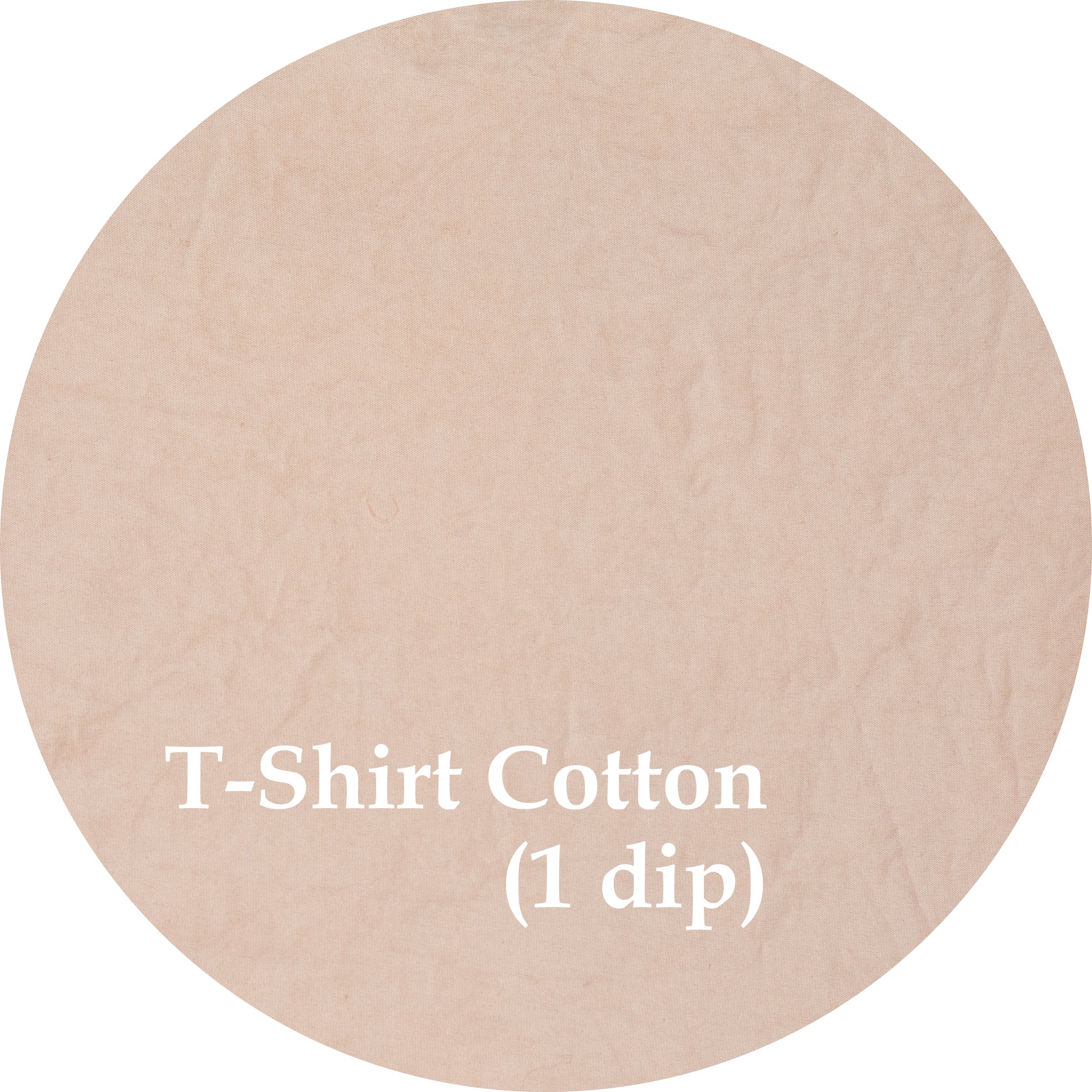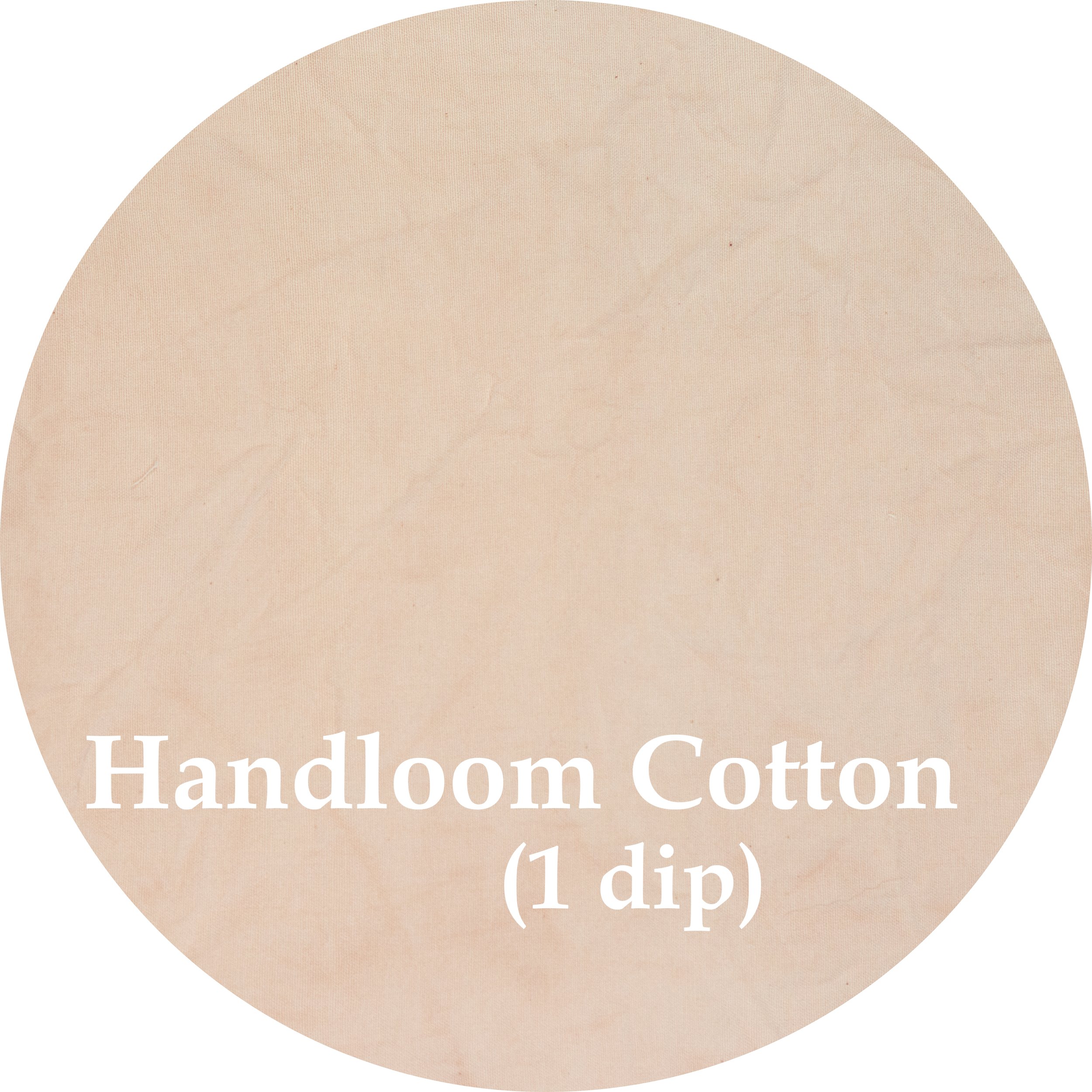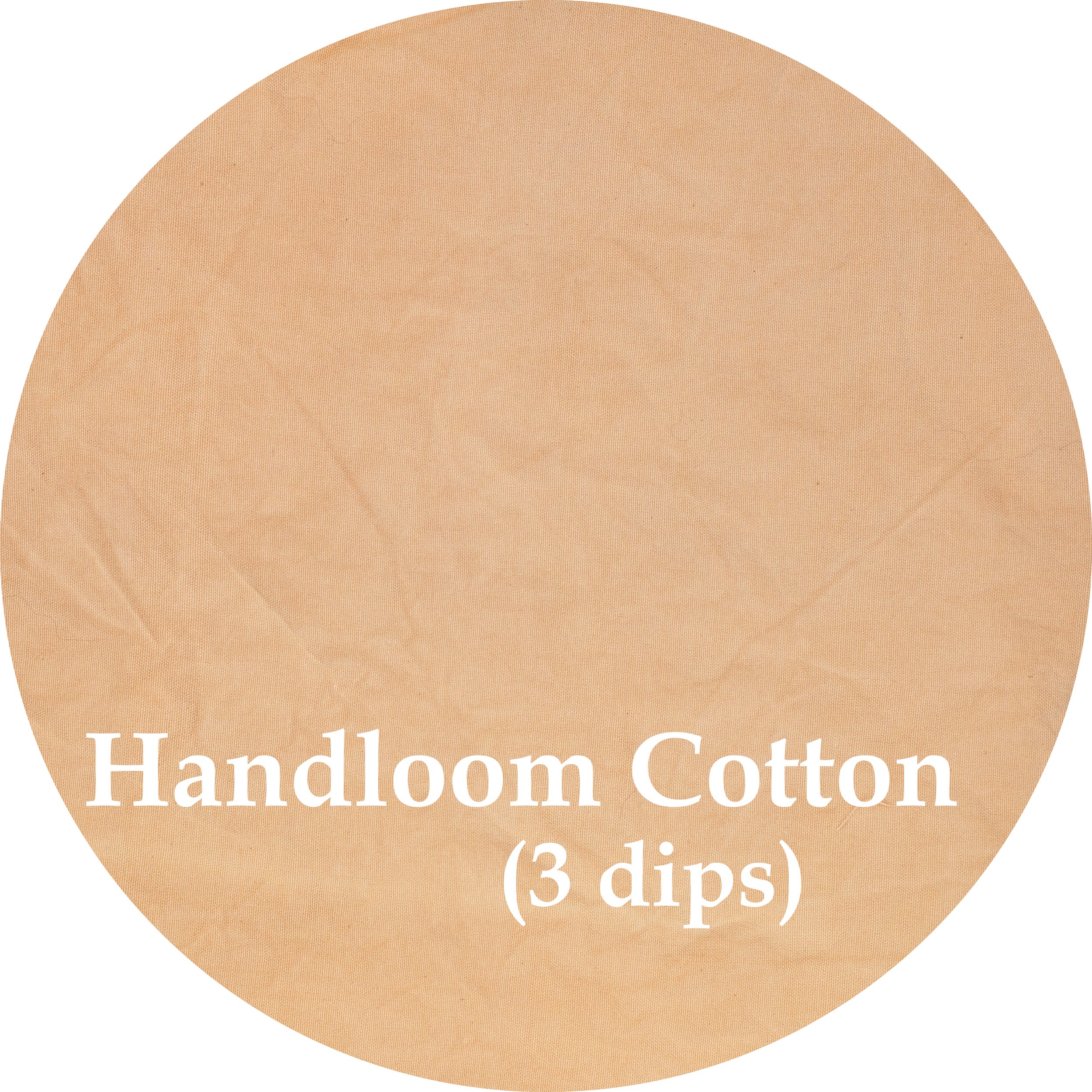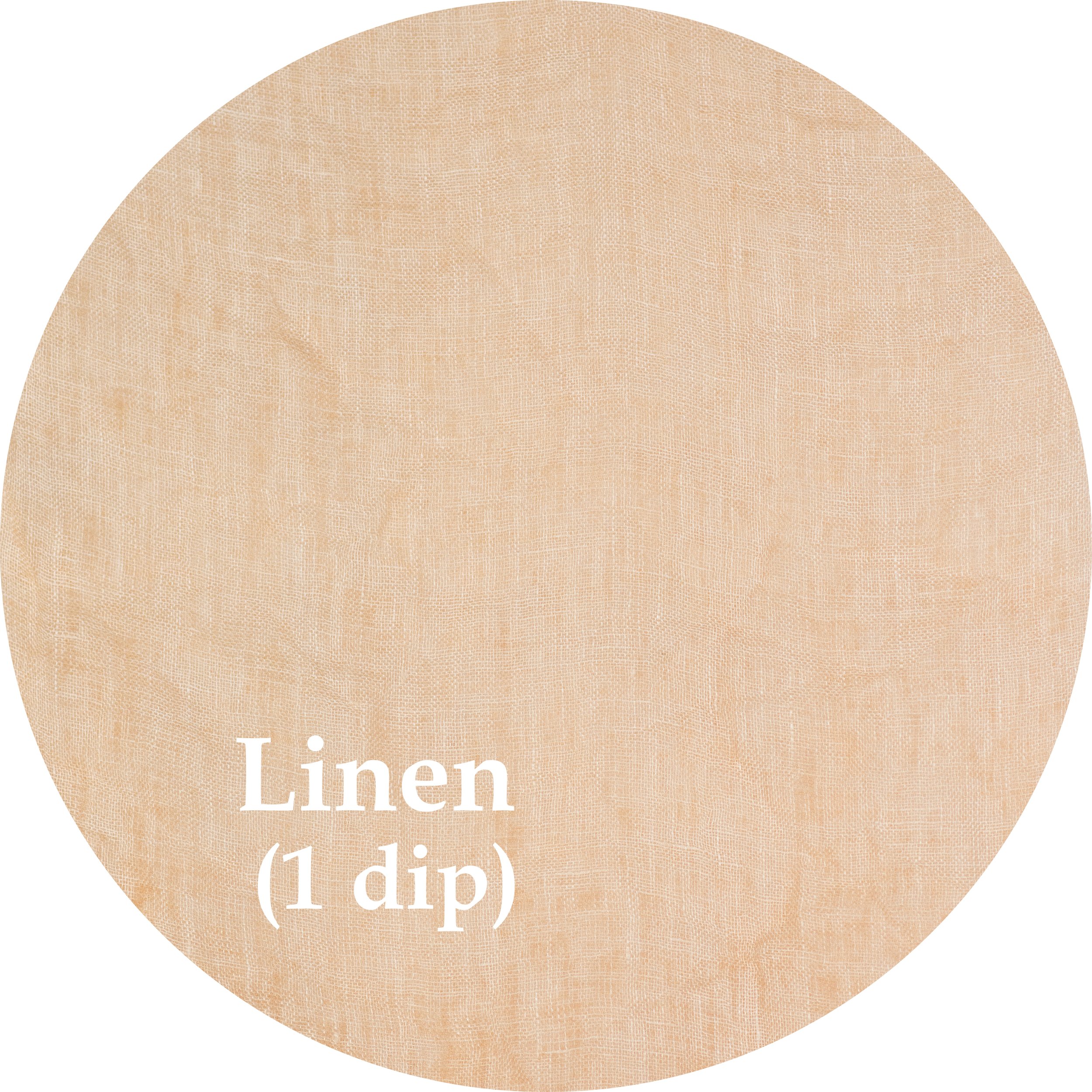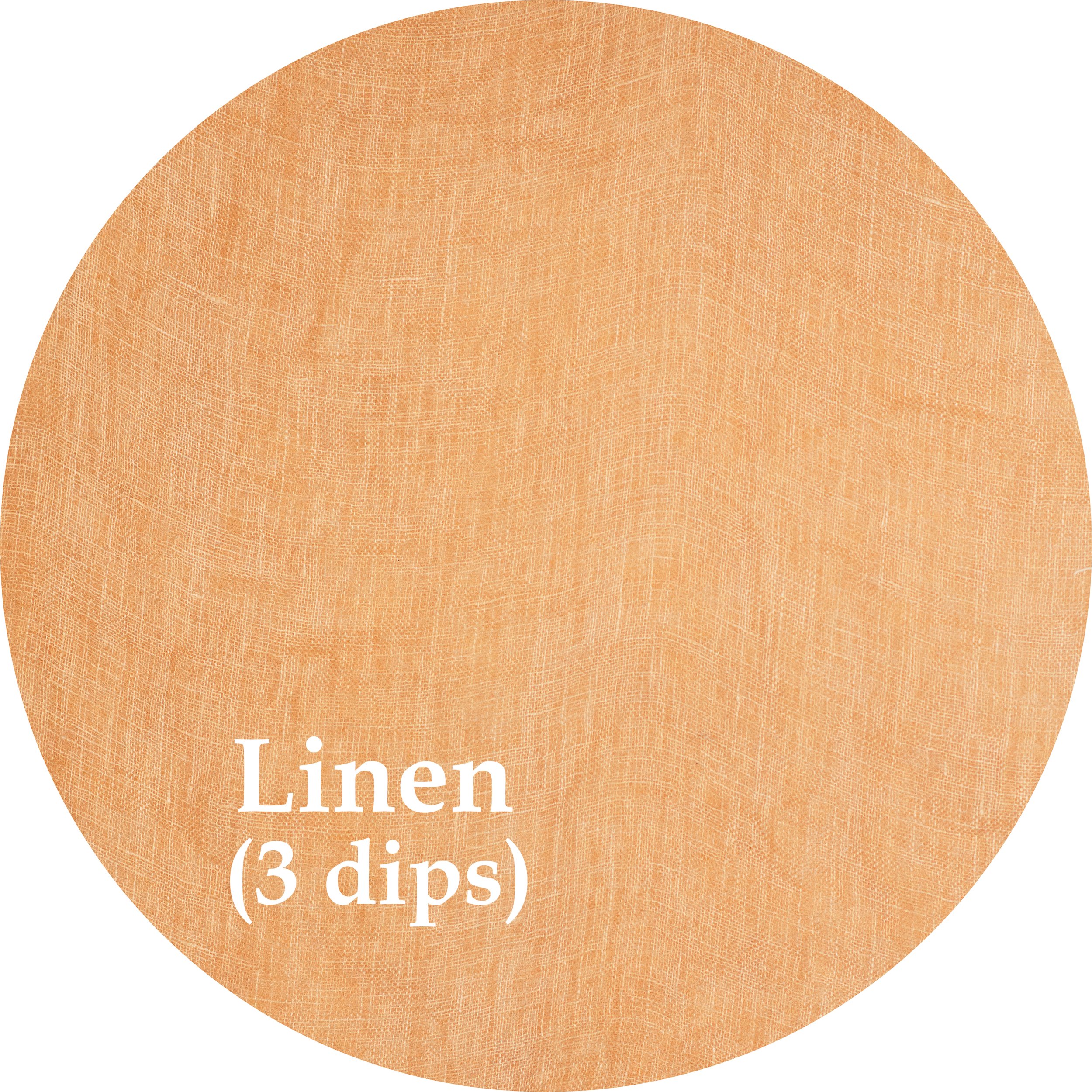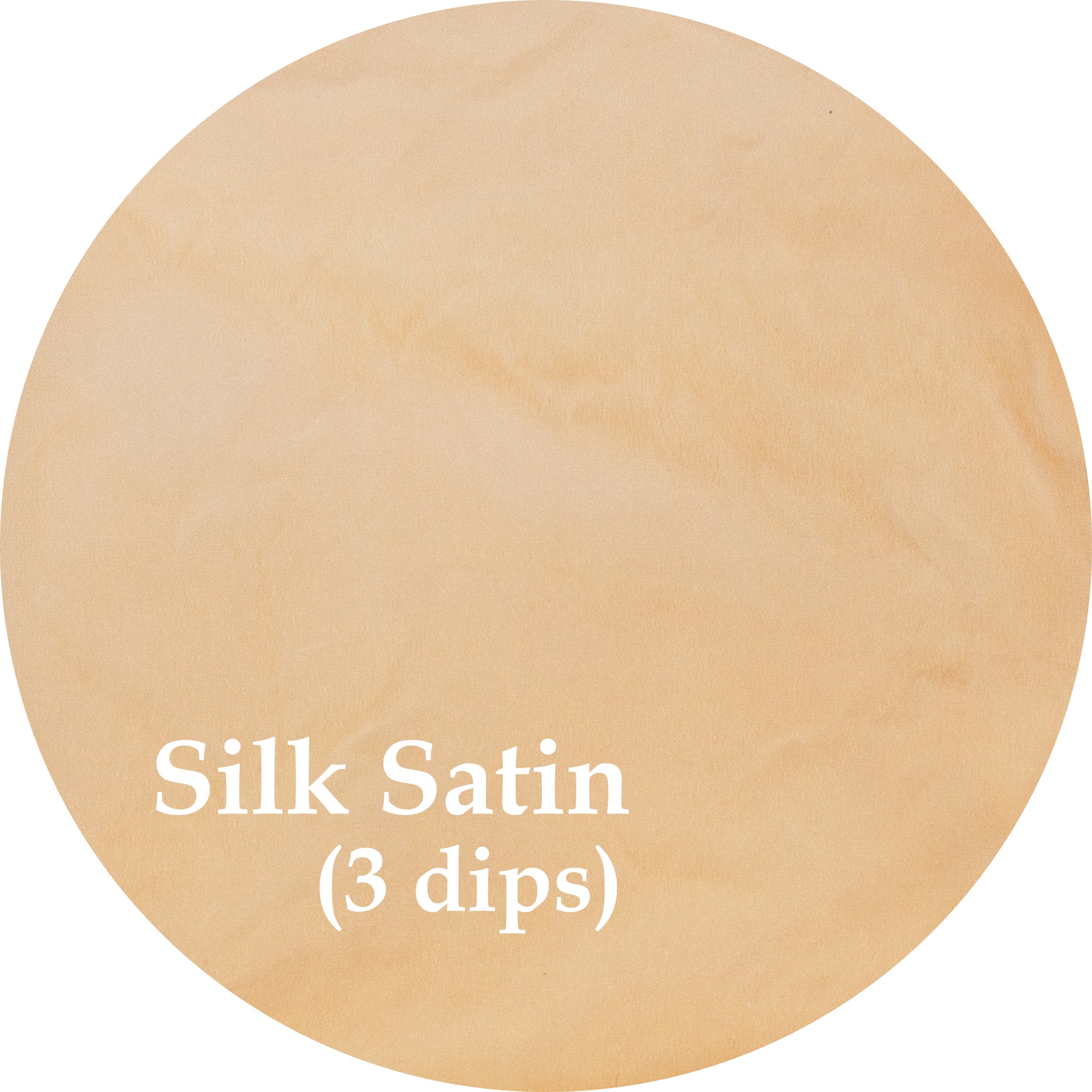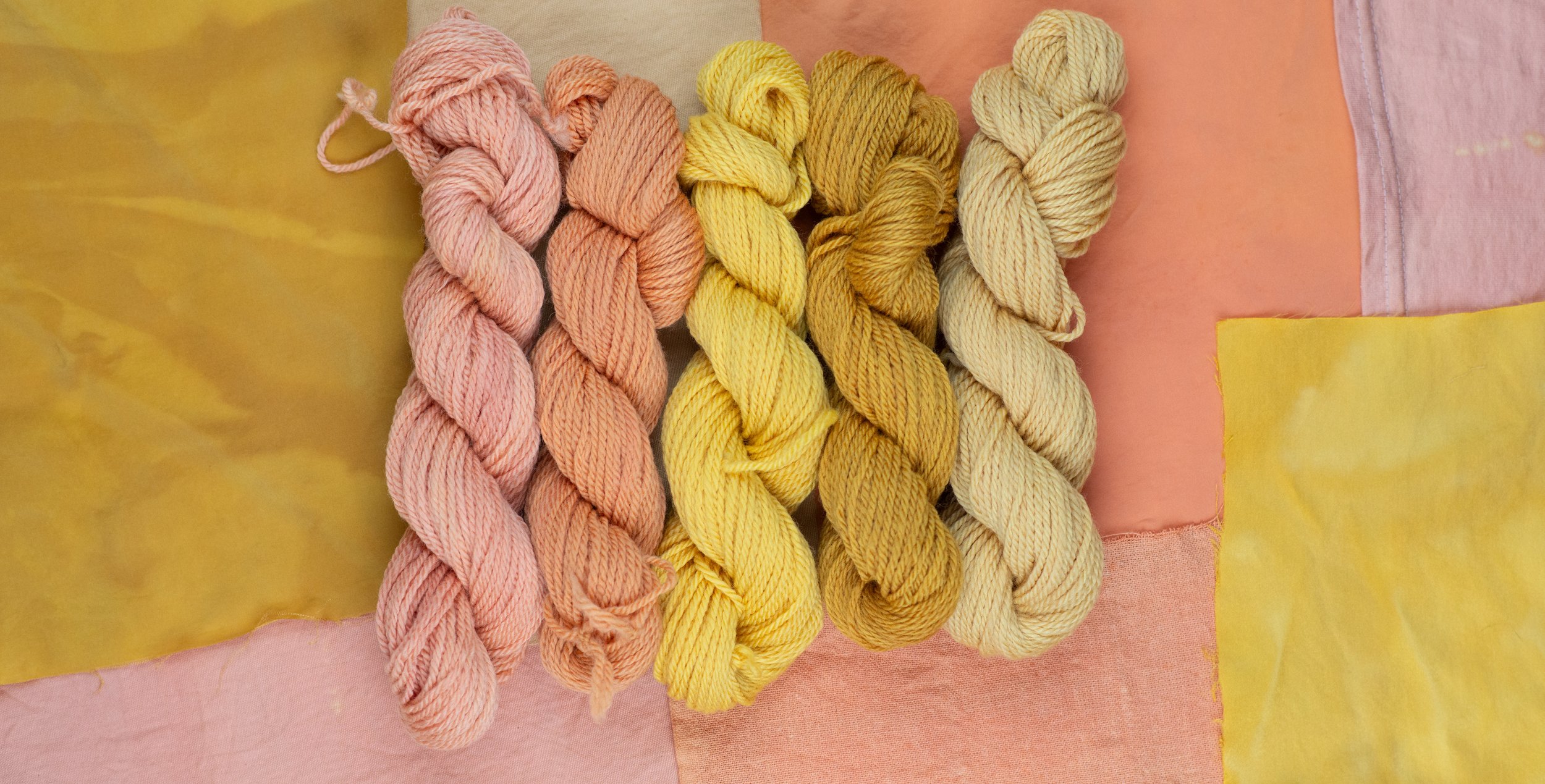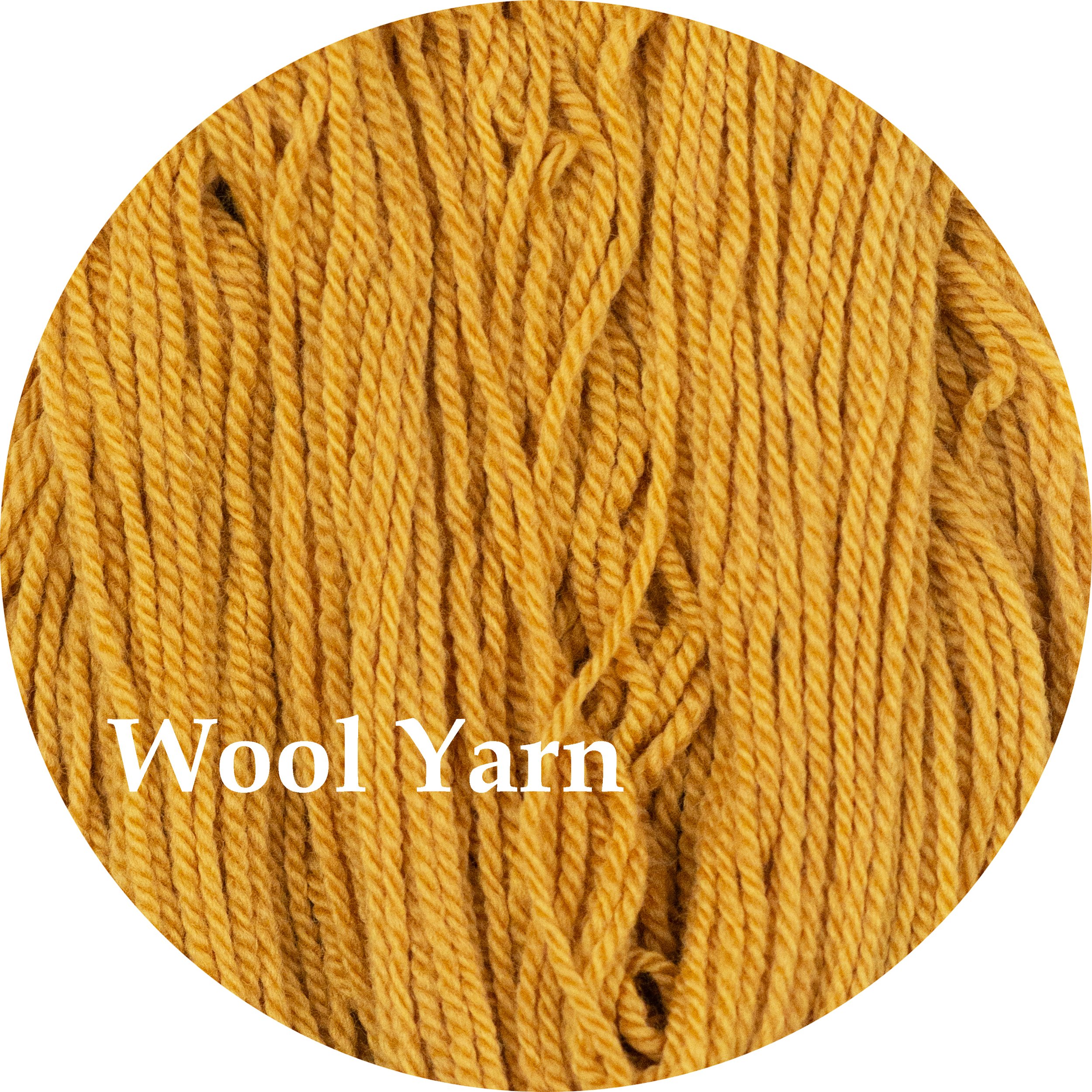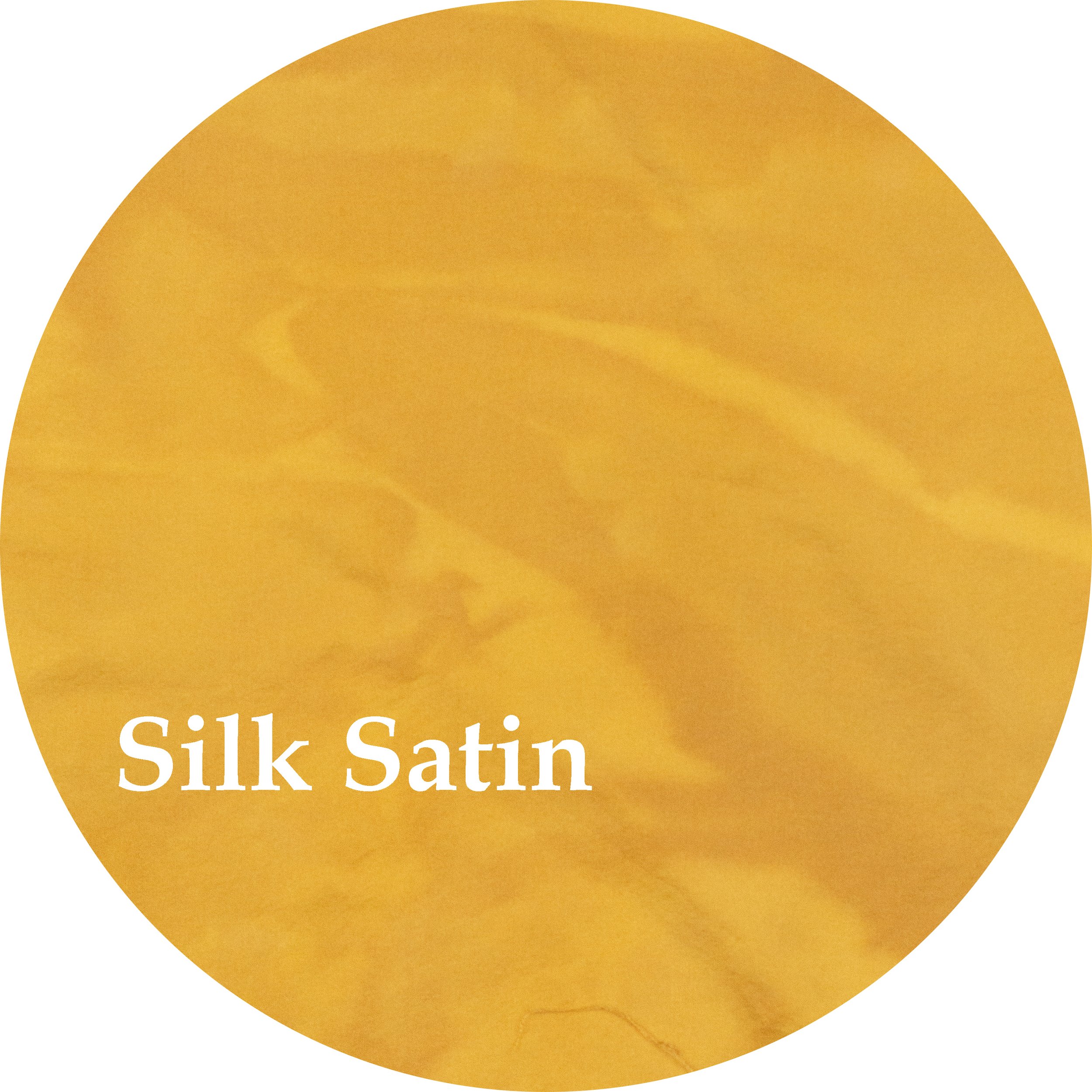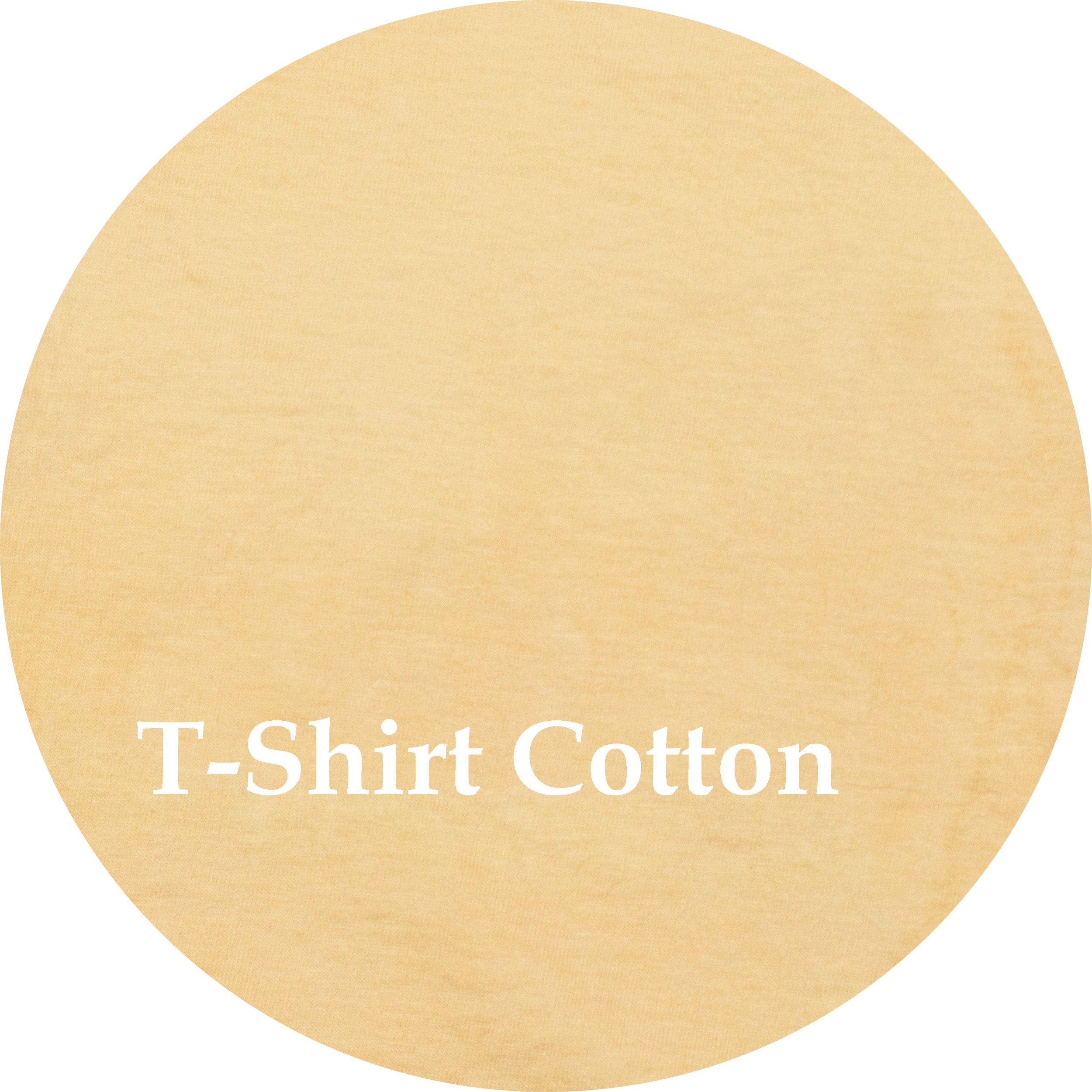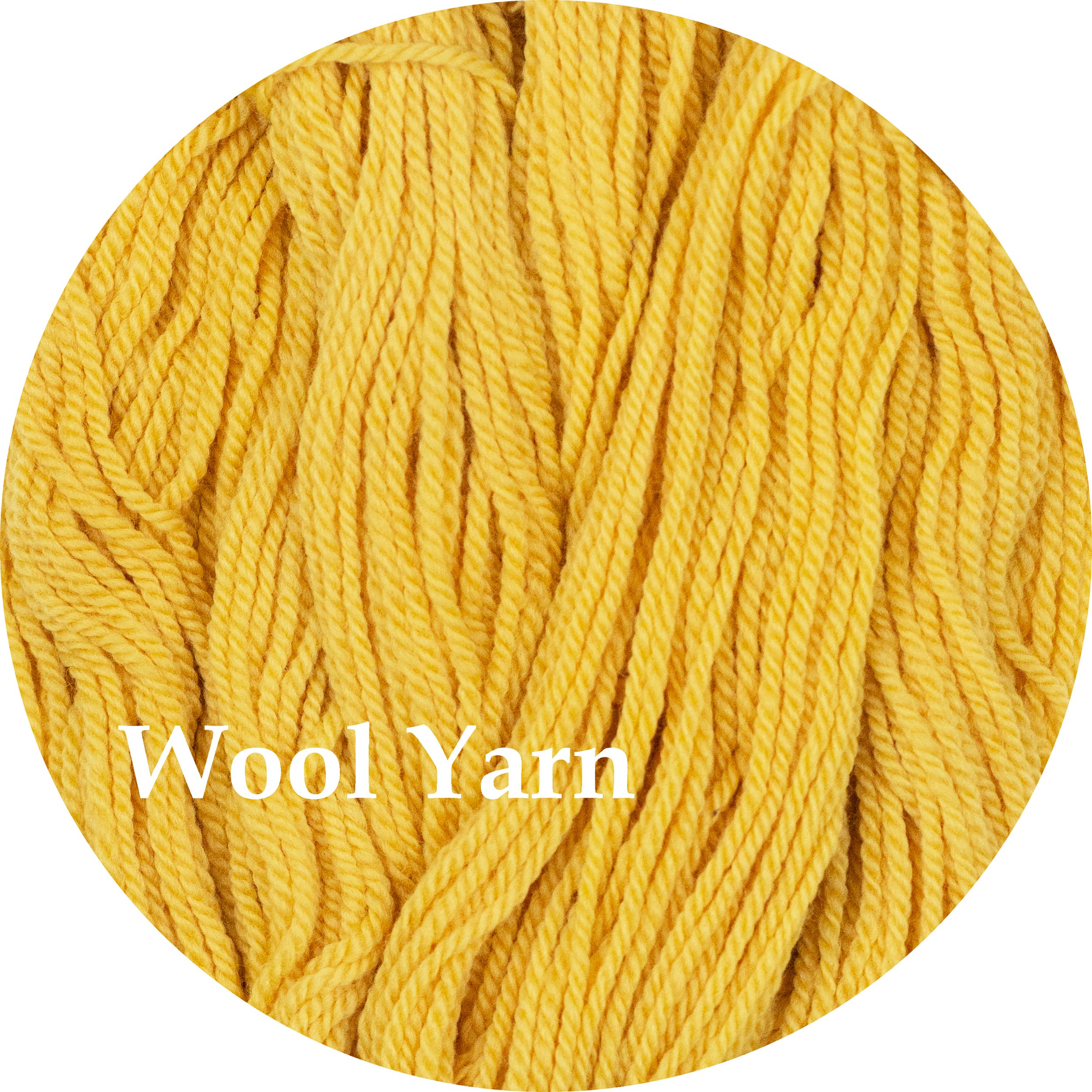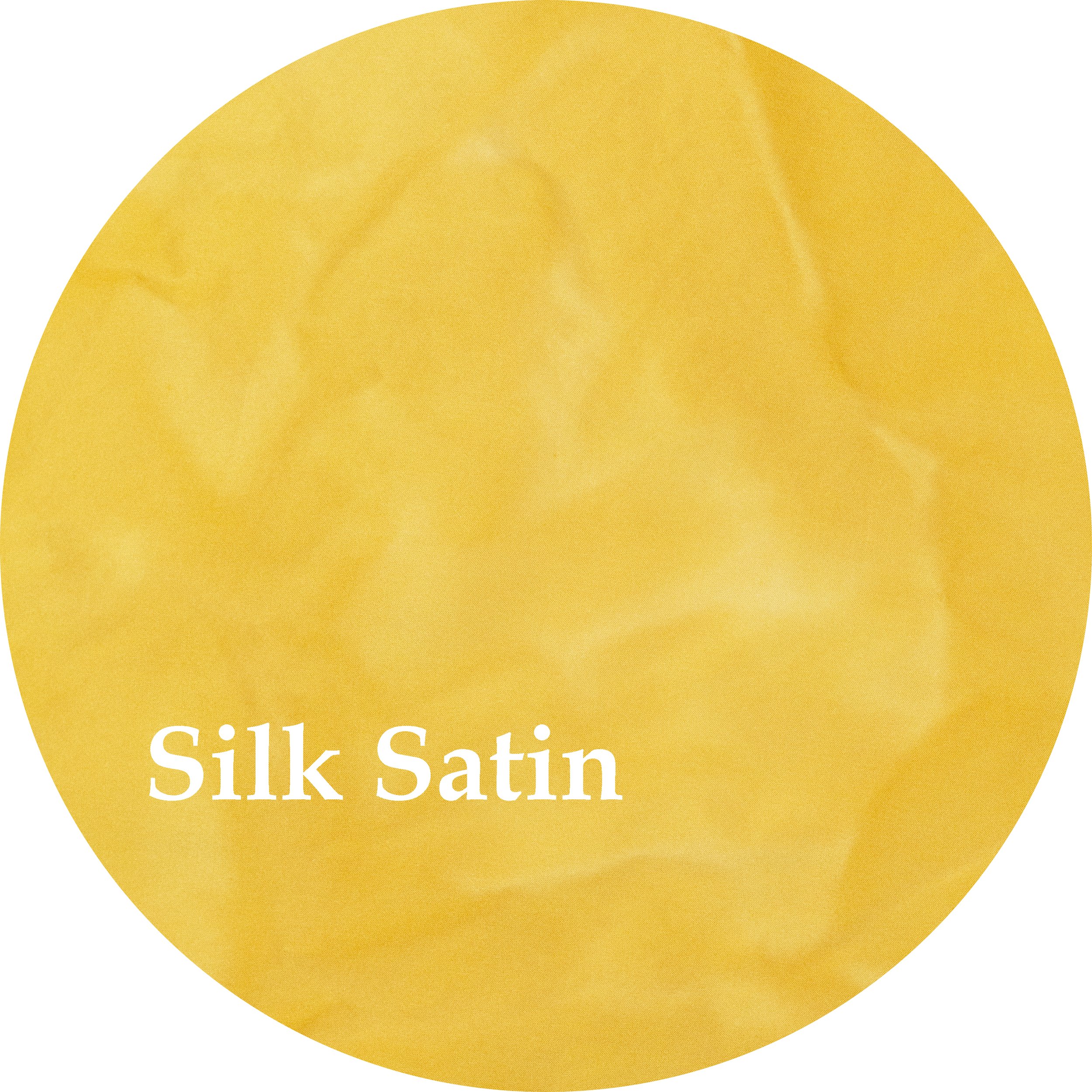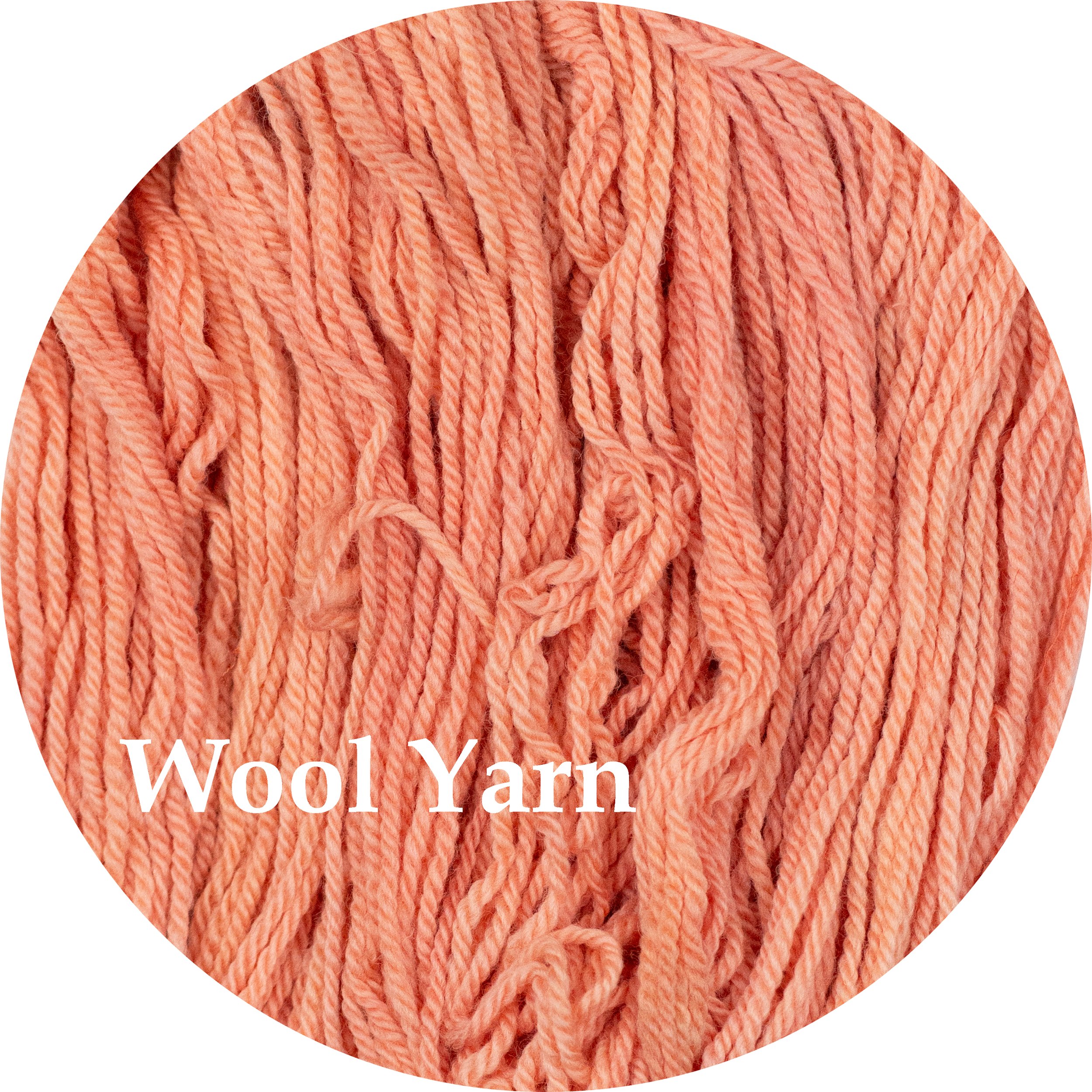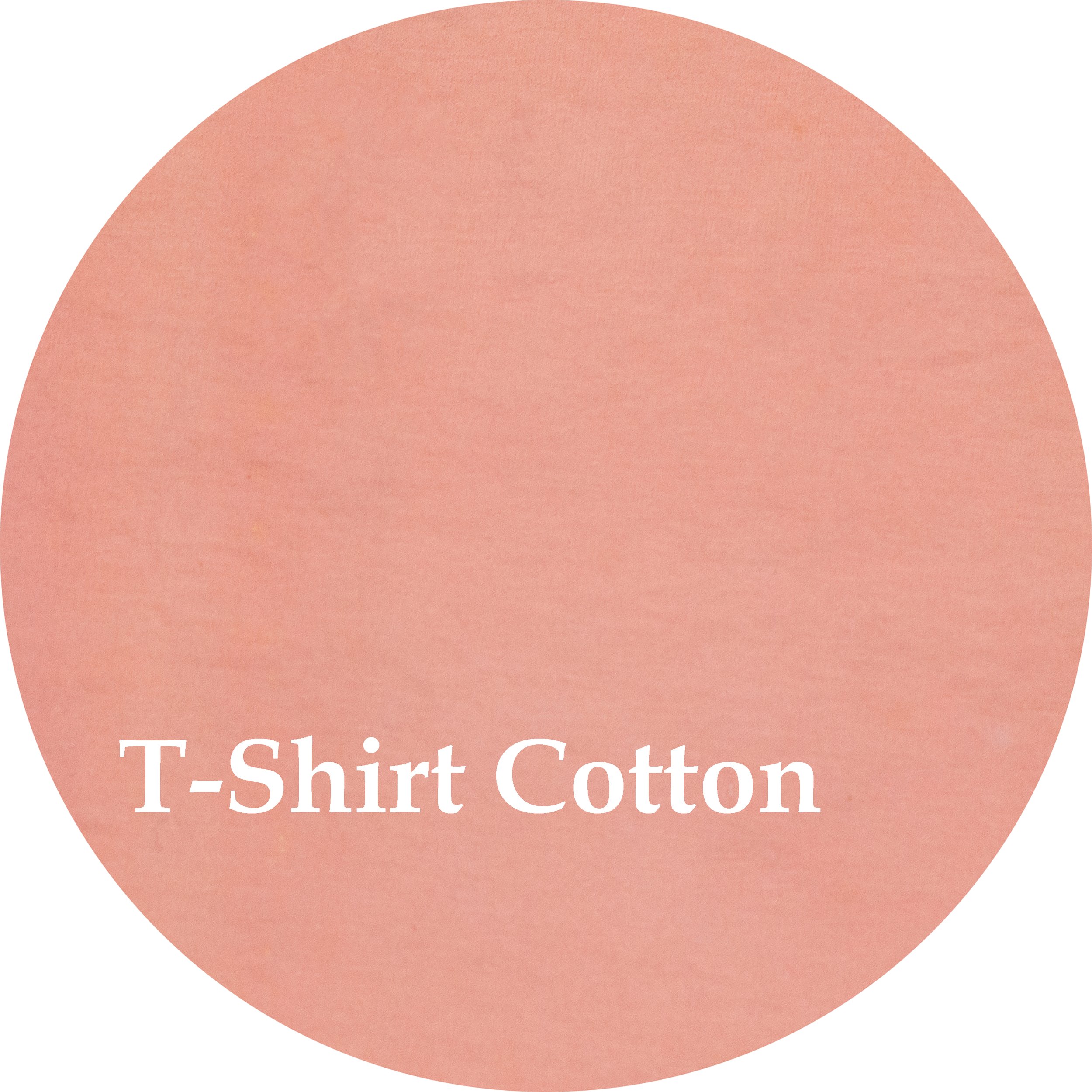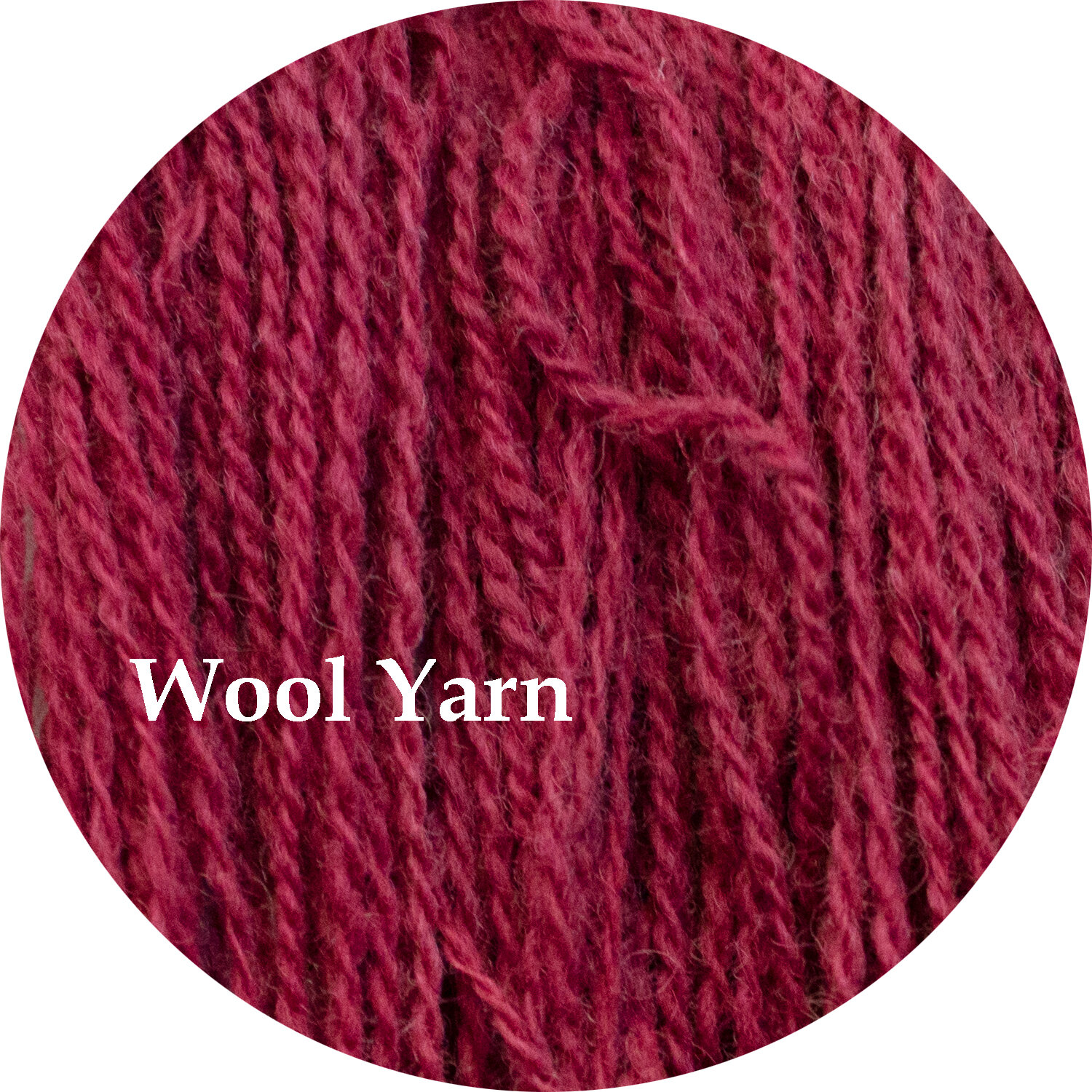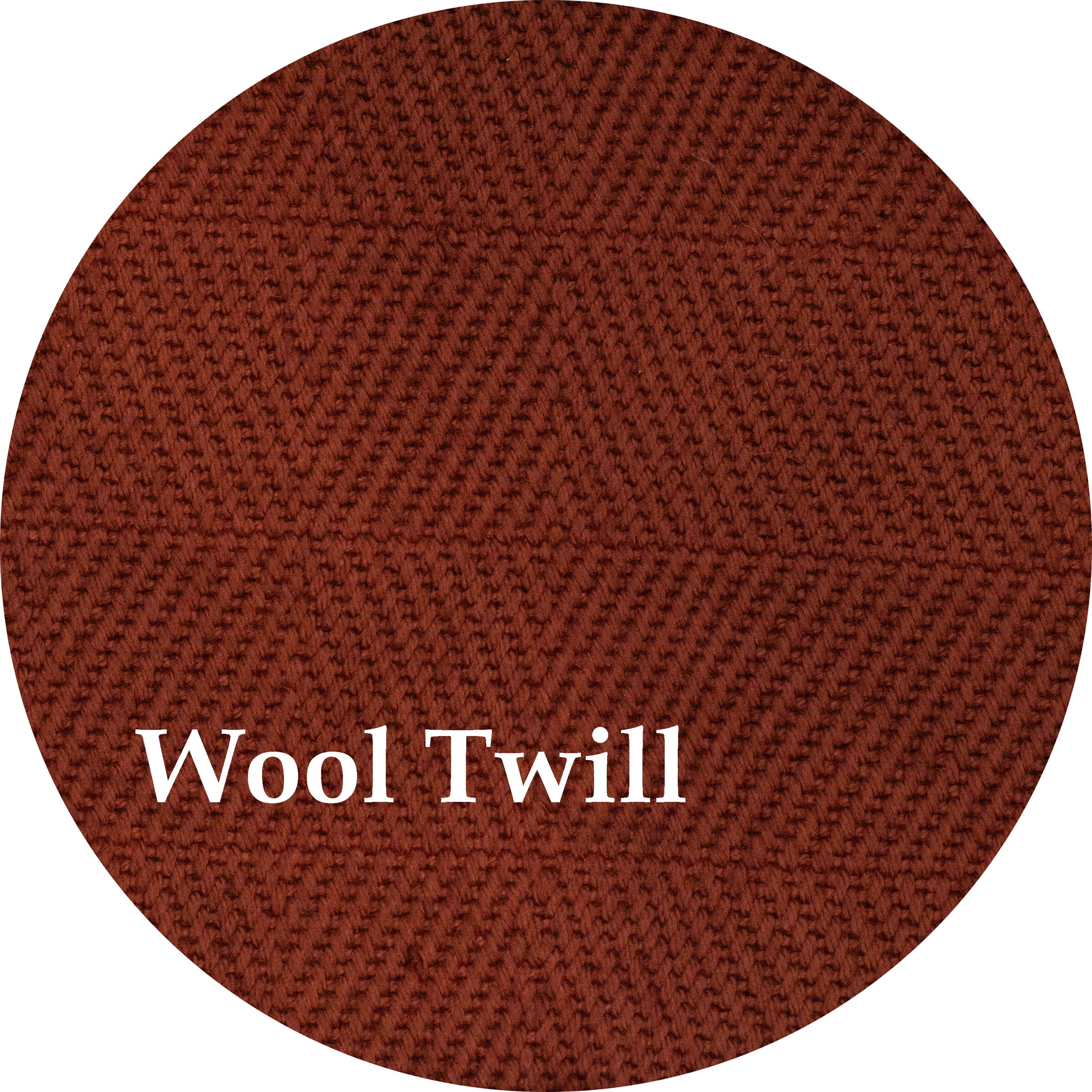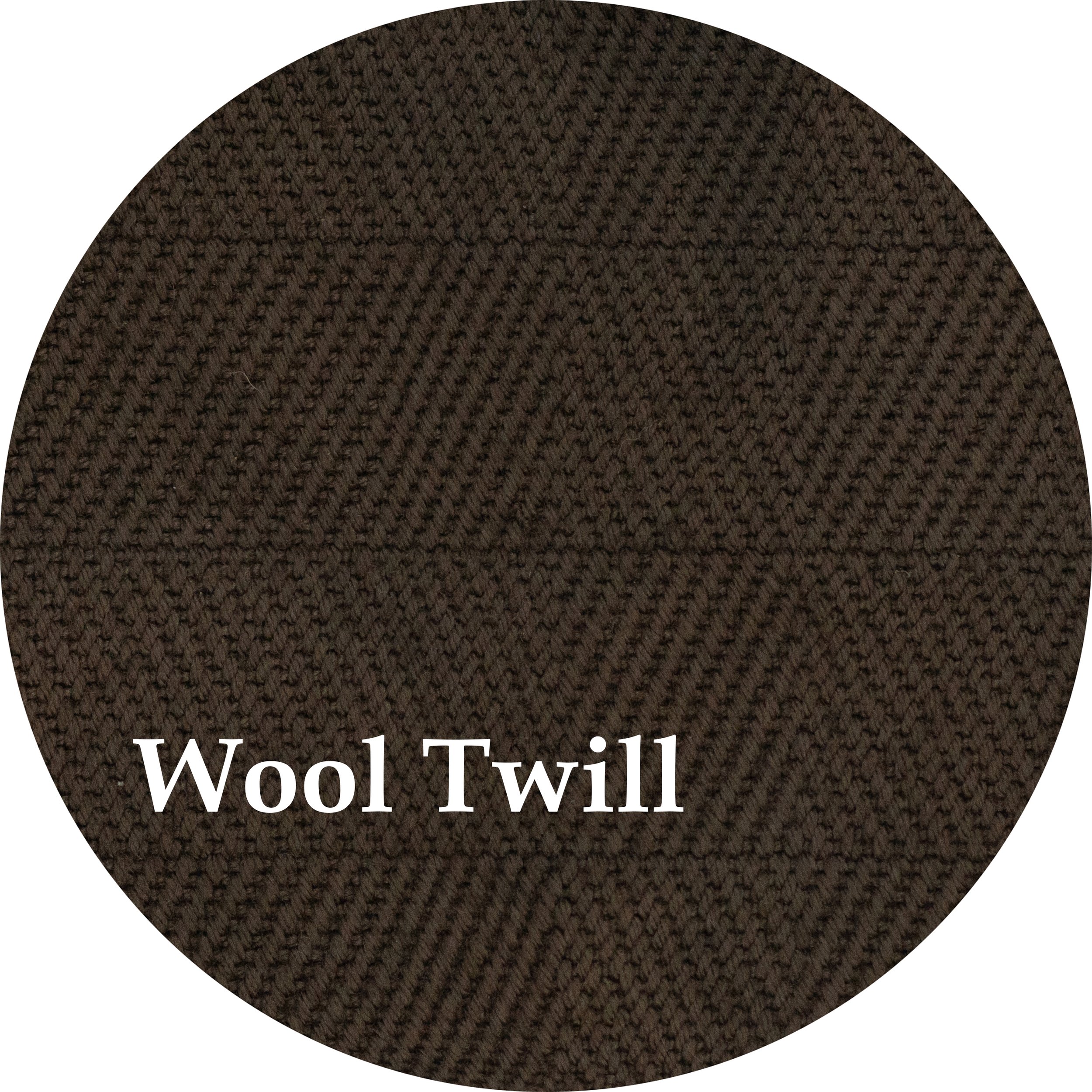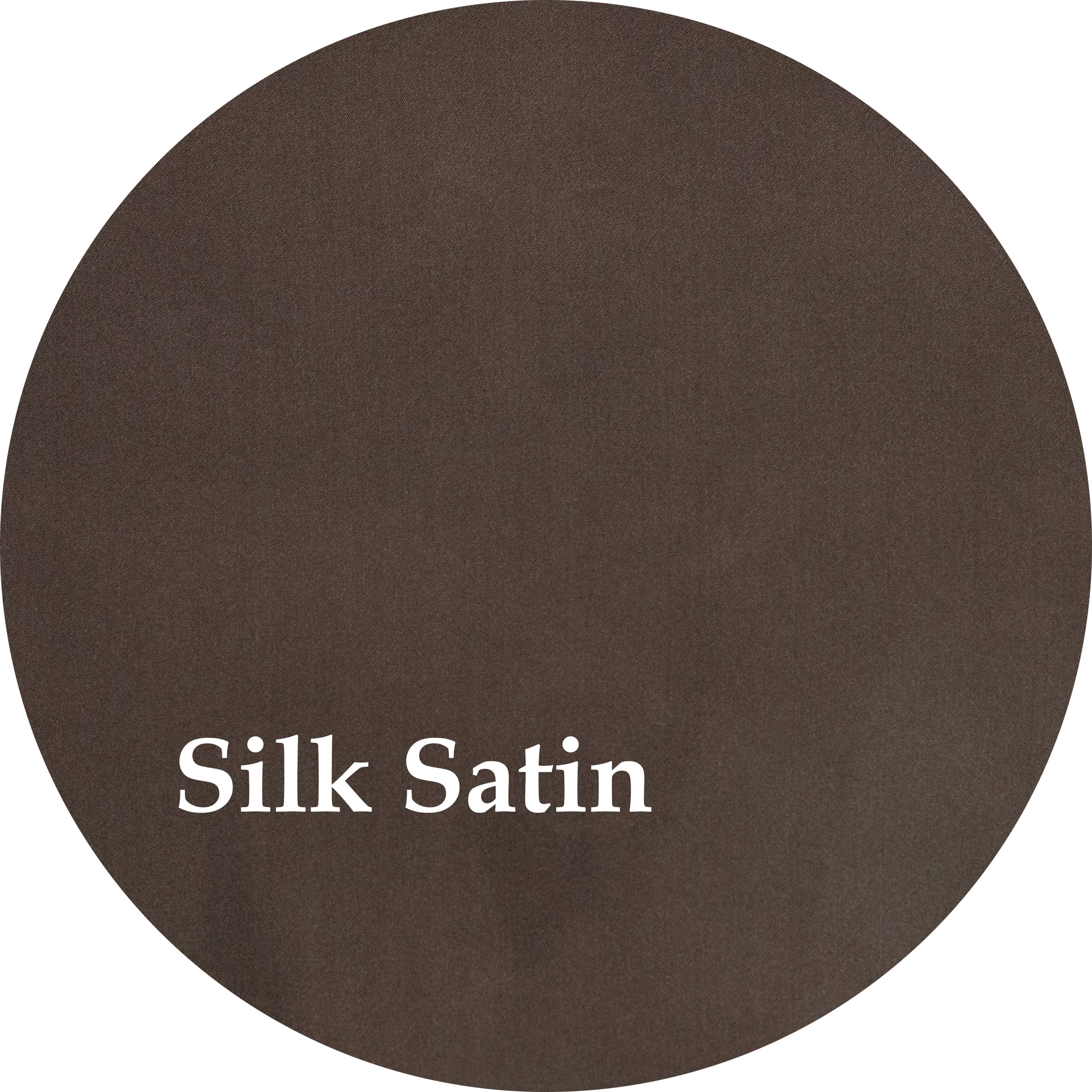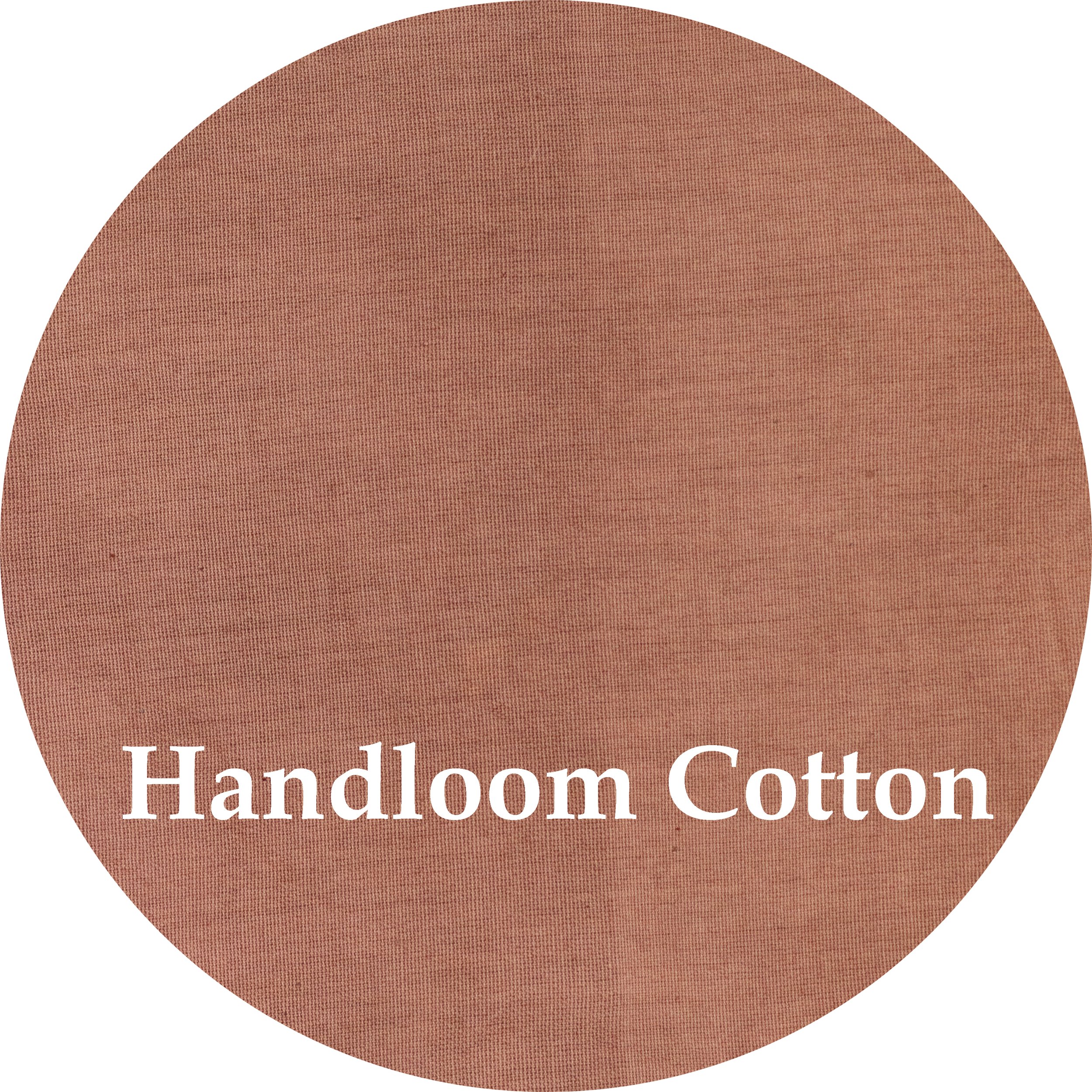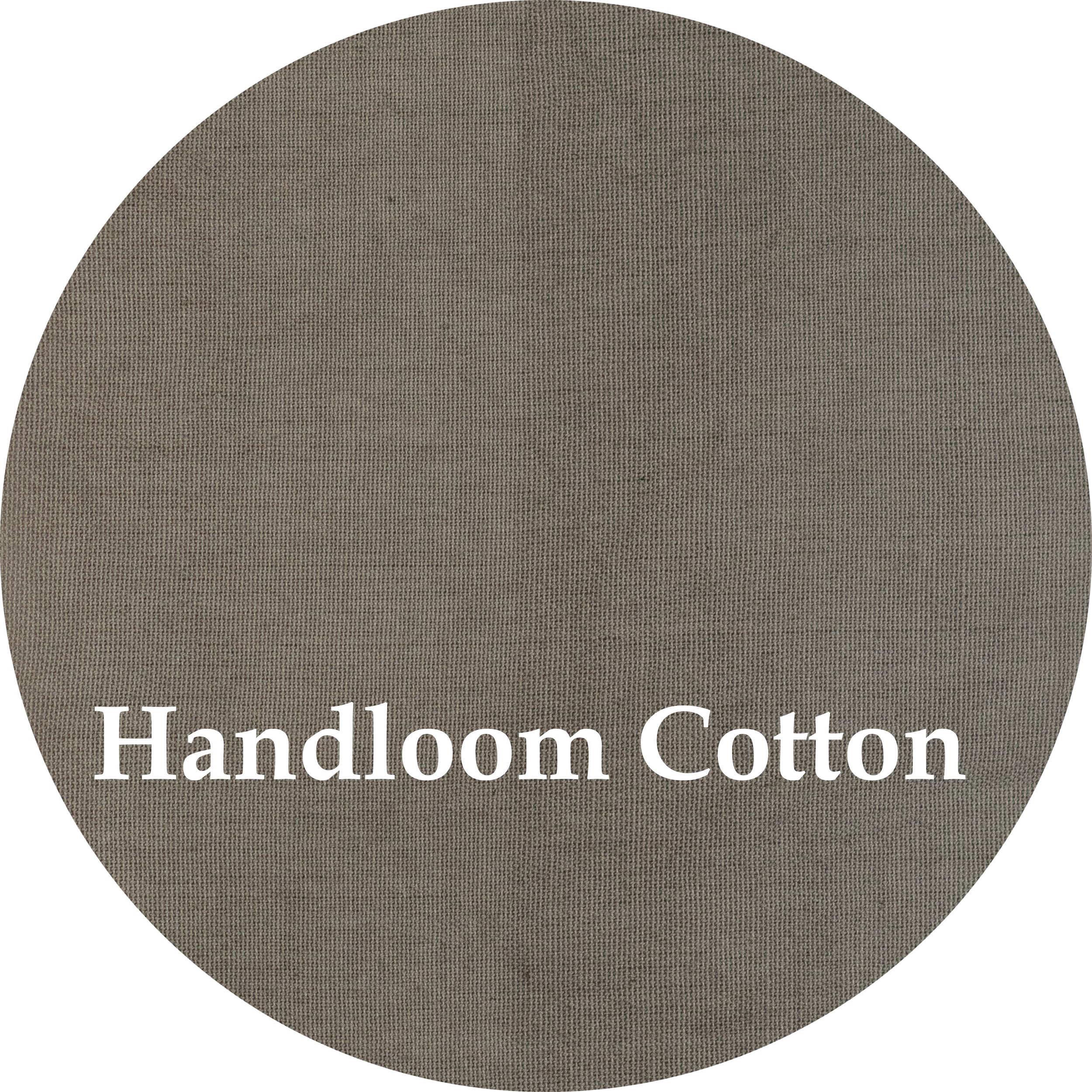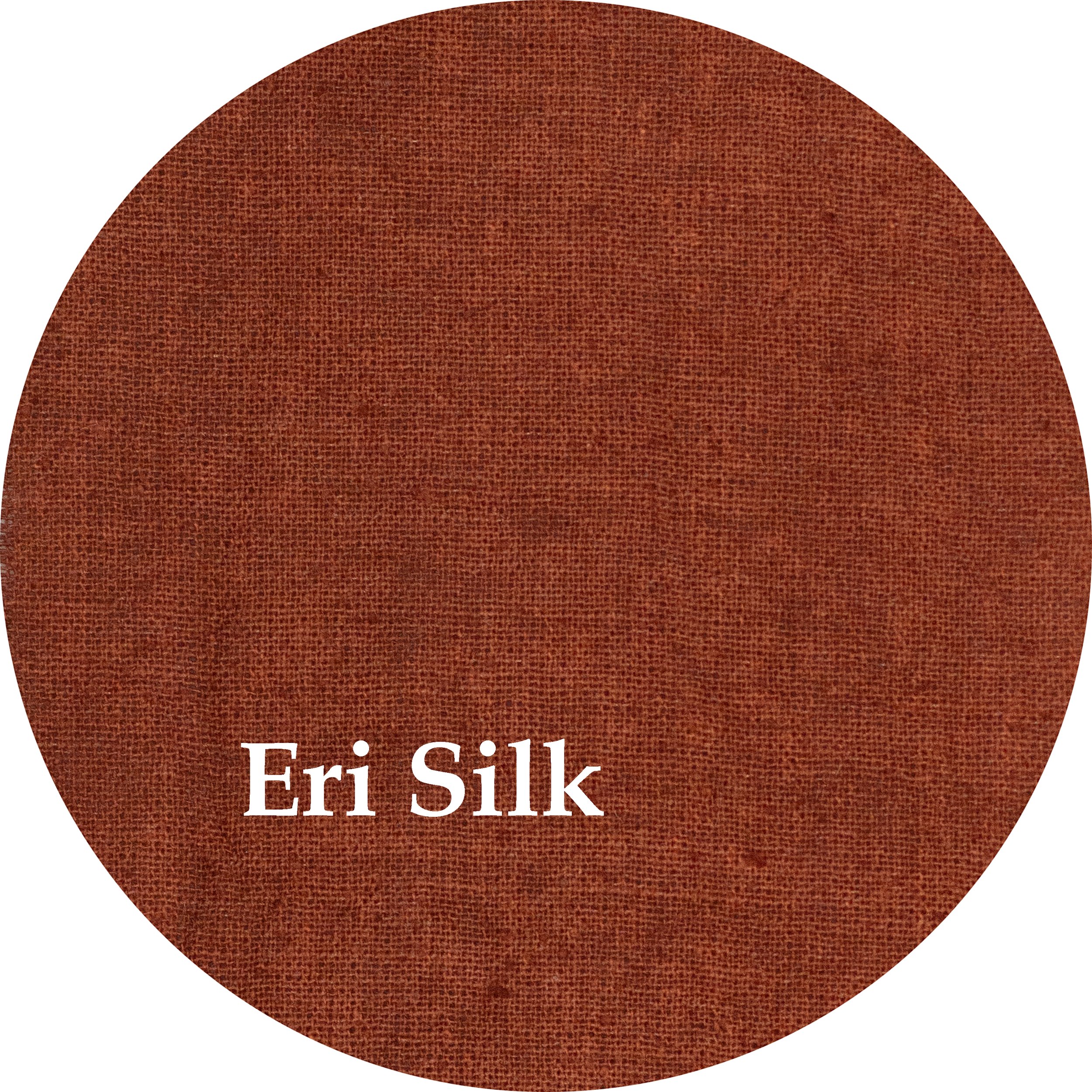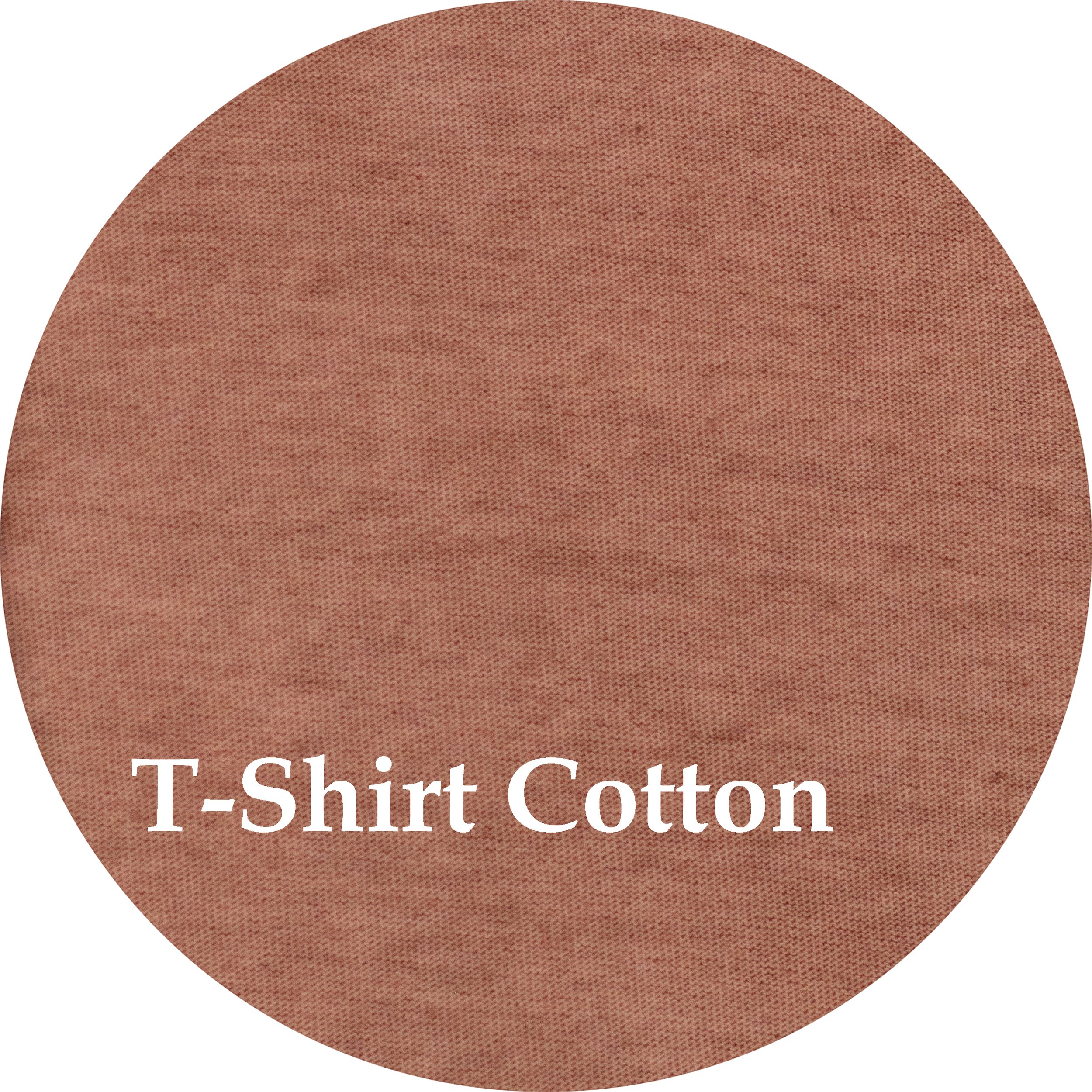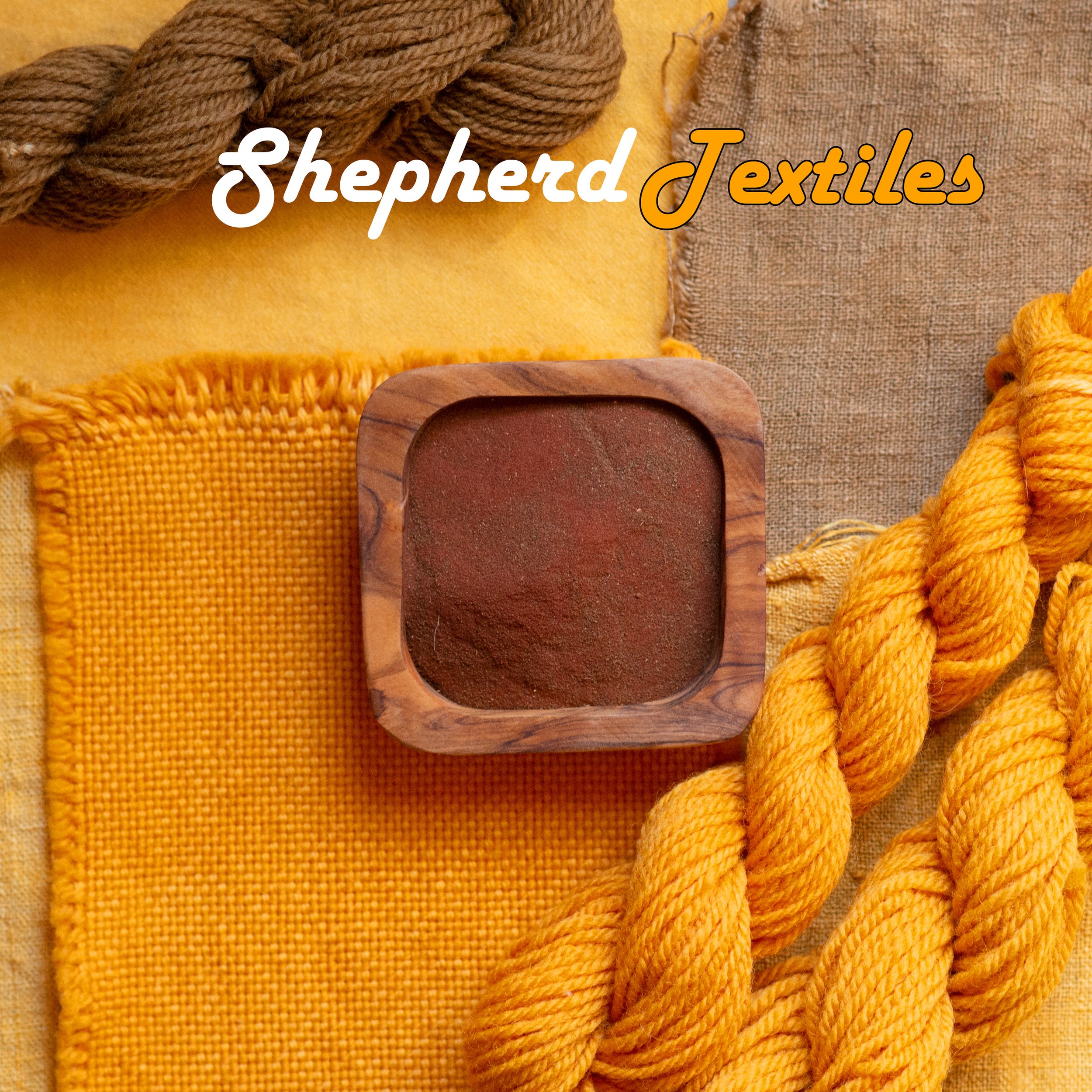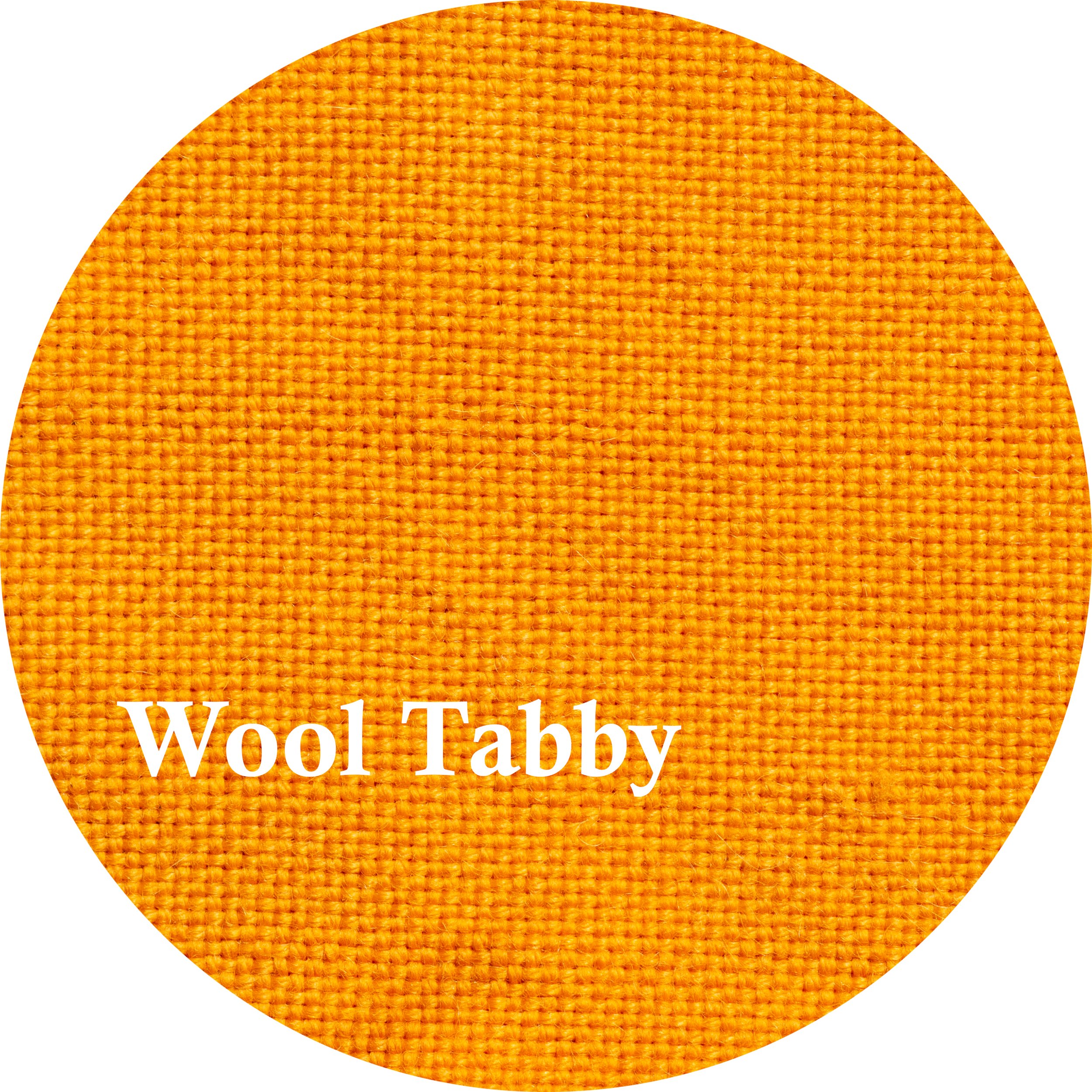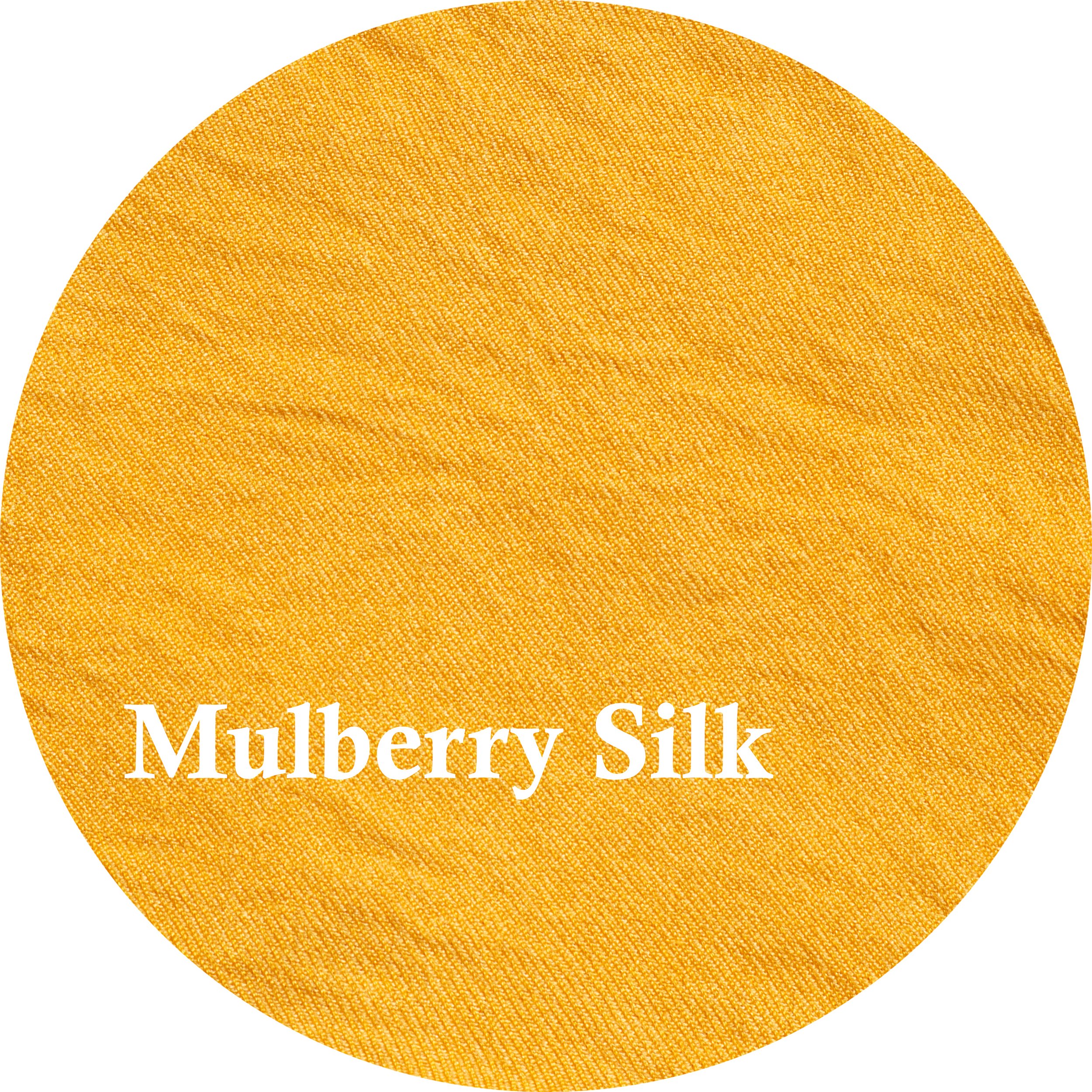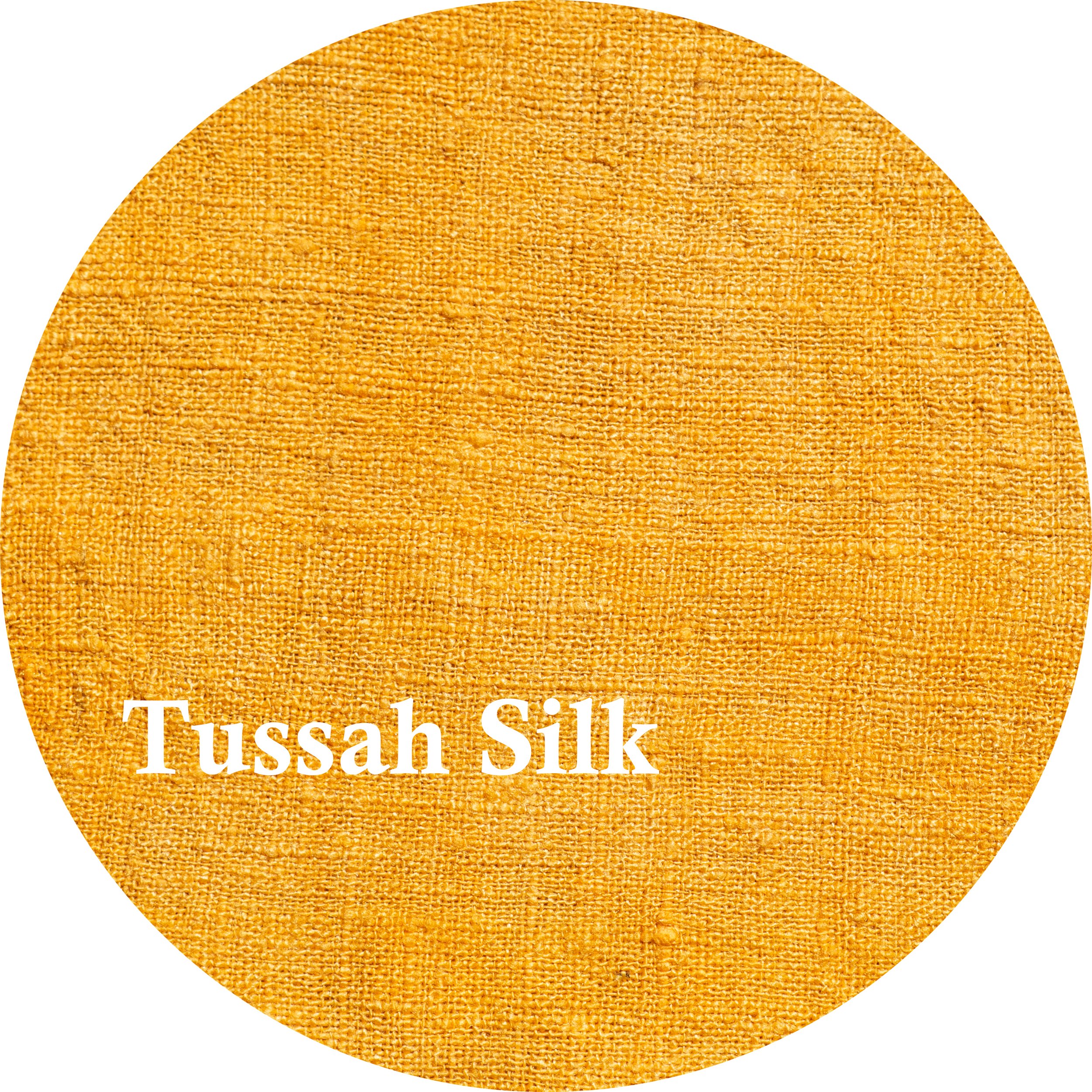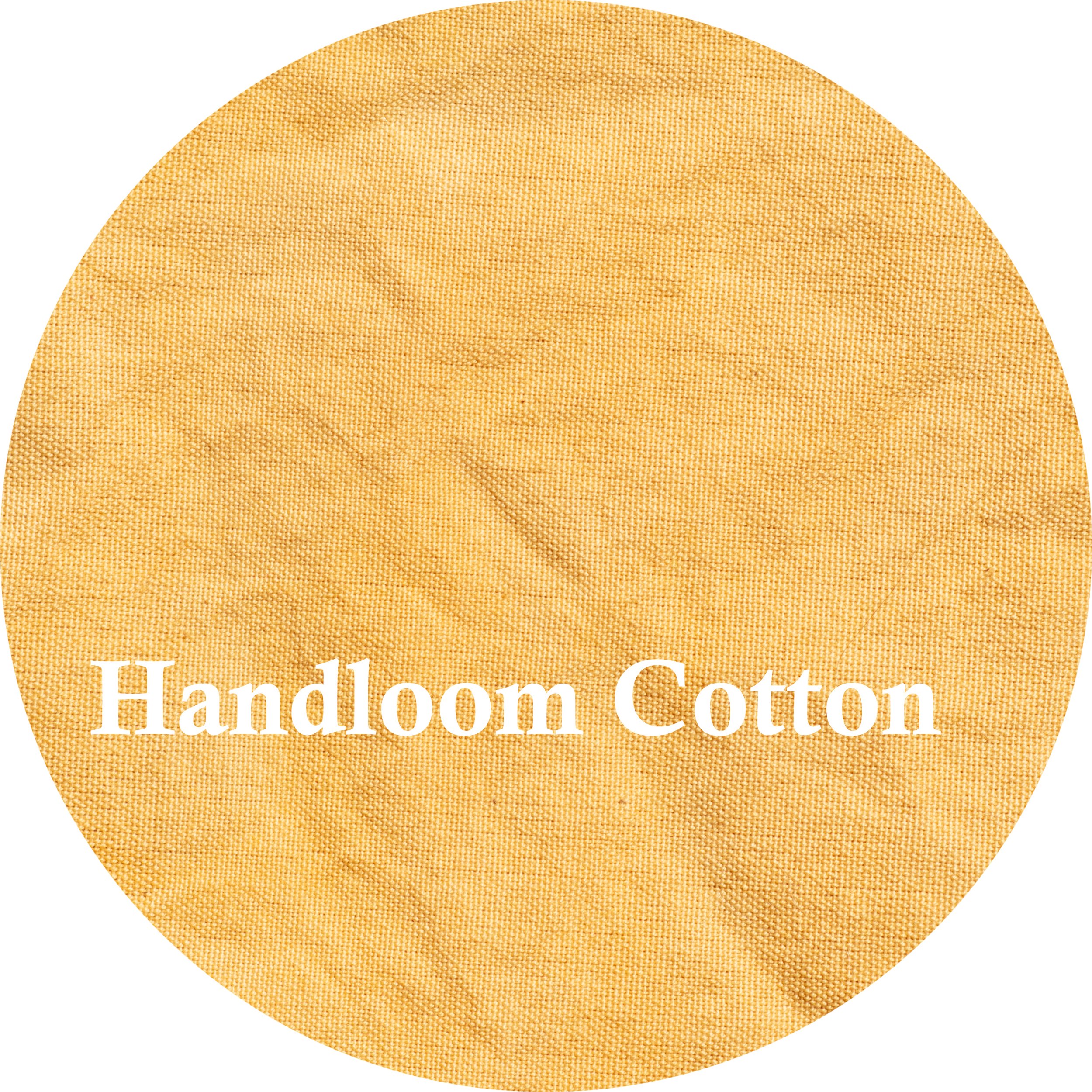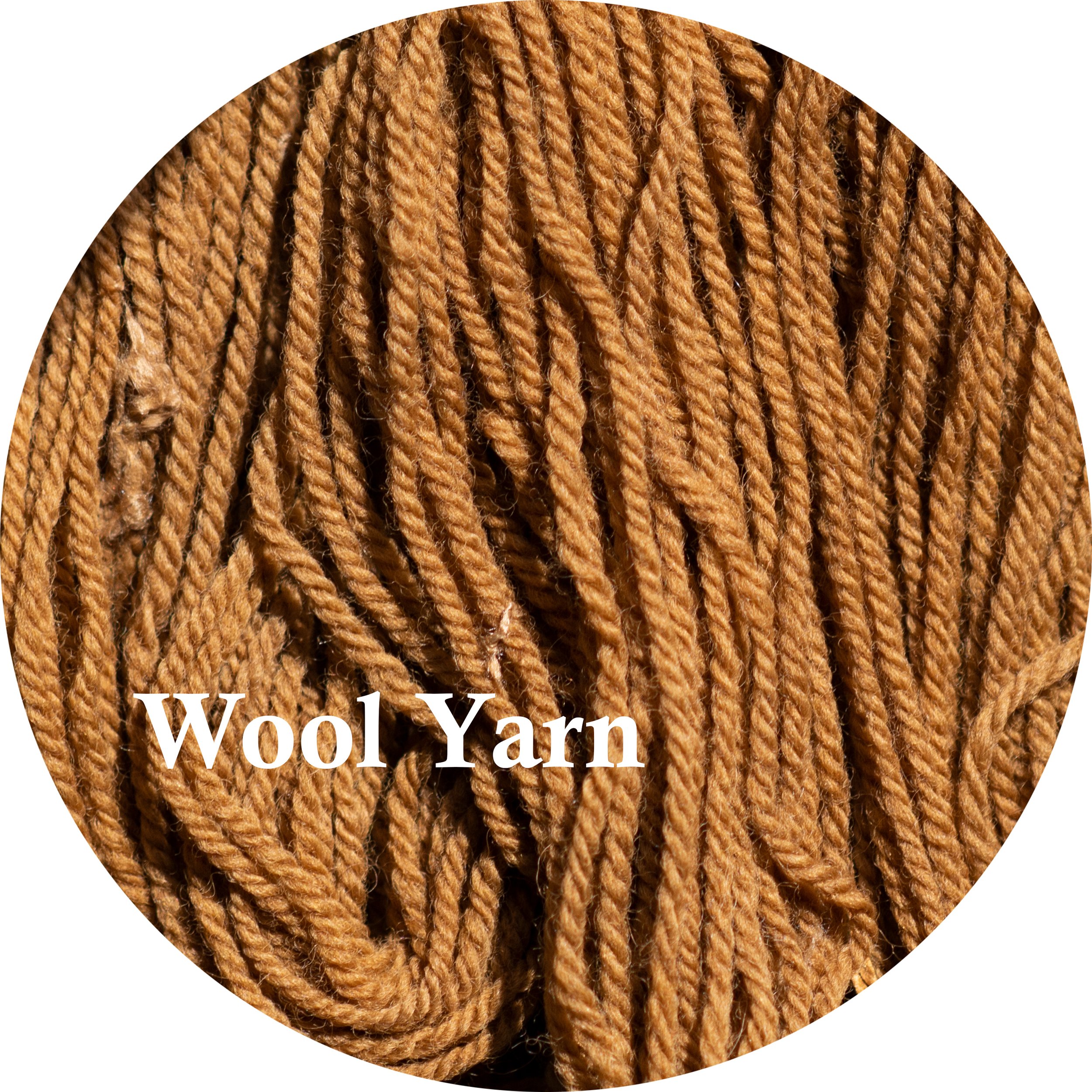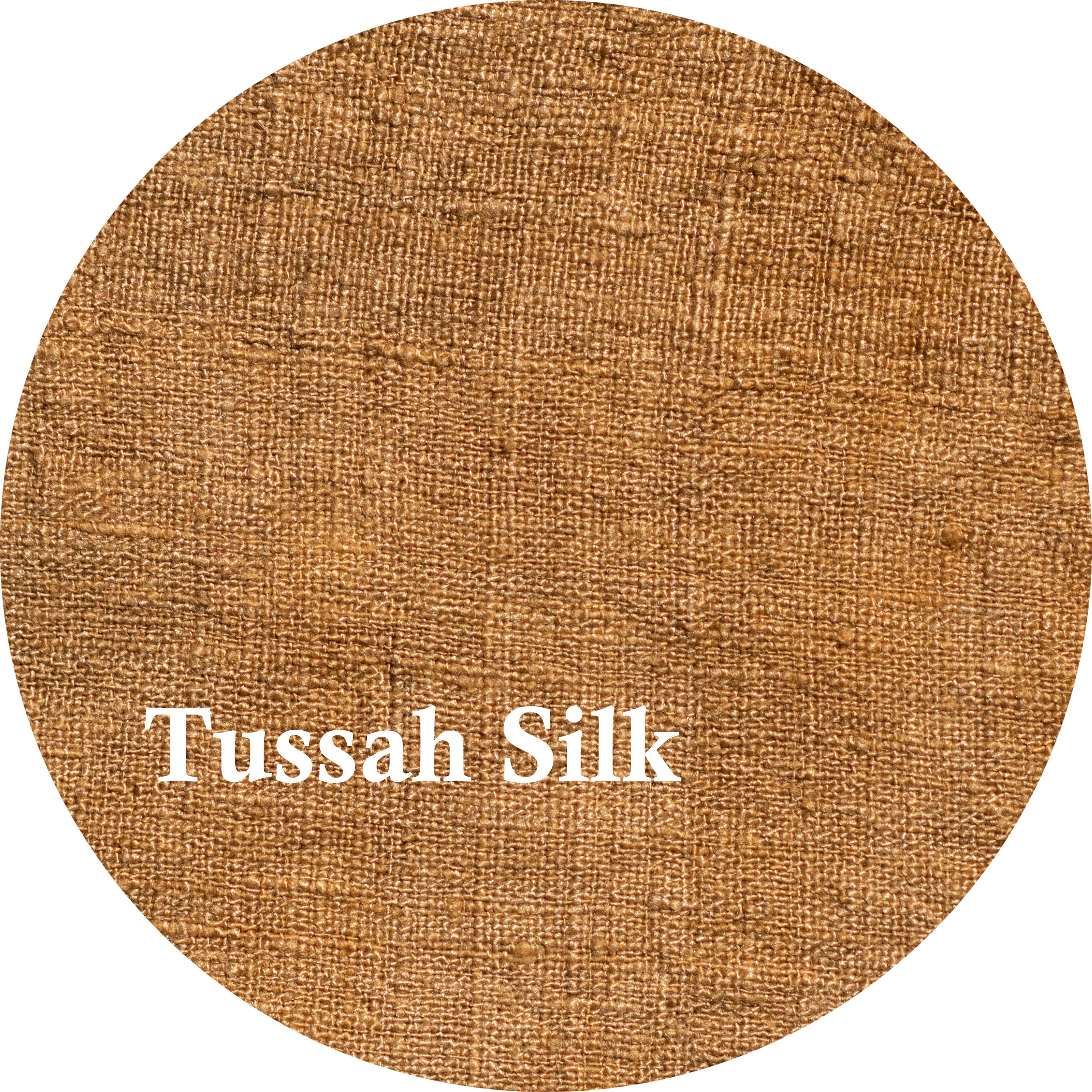 Image 1 of 6
Image 1 of 6

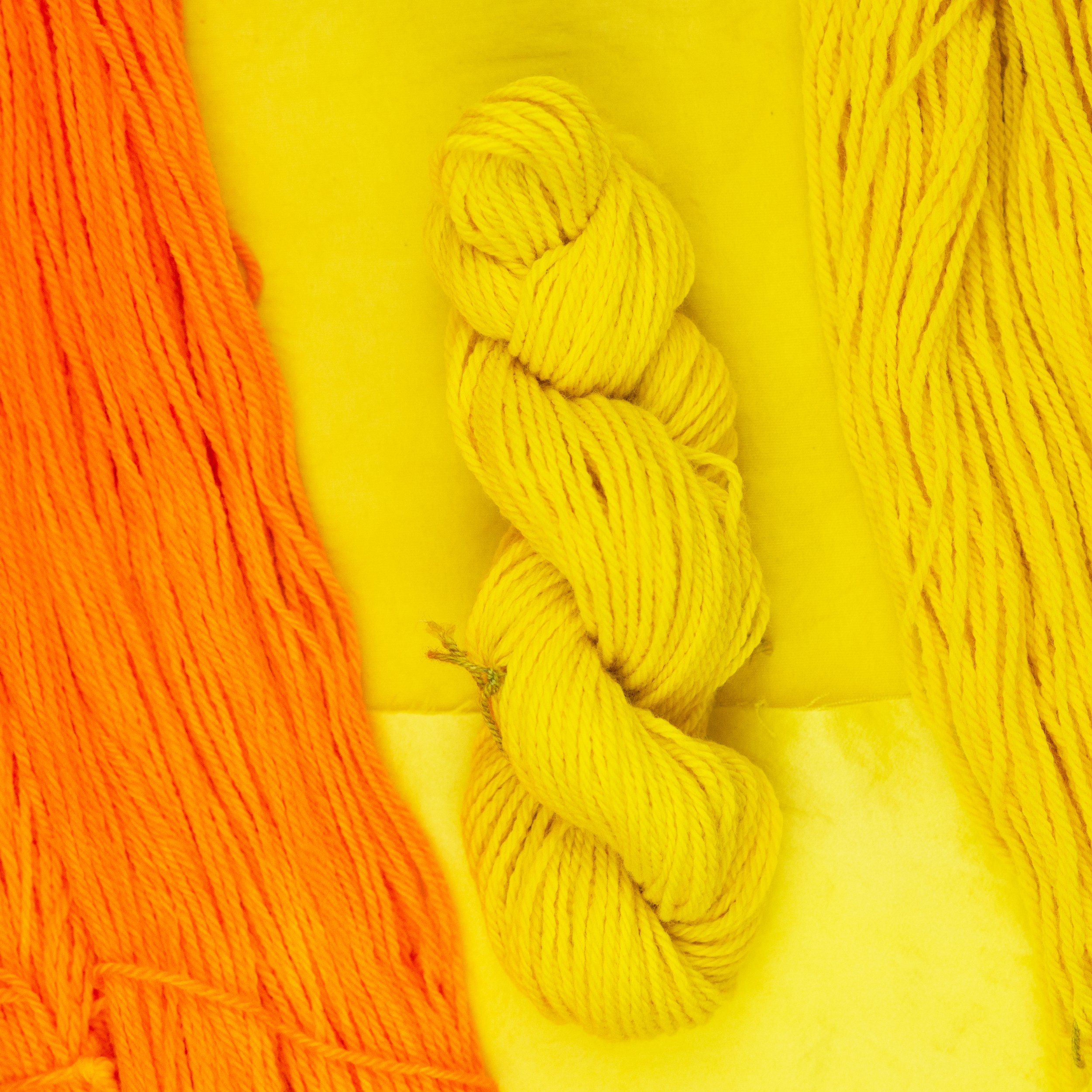 Image 2 of 6
Image 2 of 6

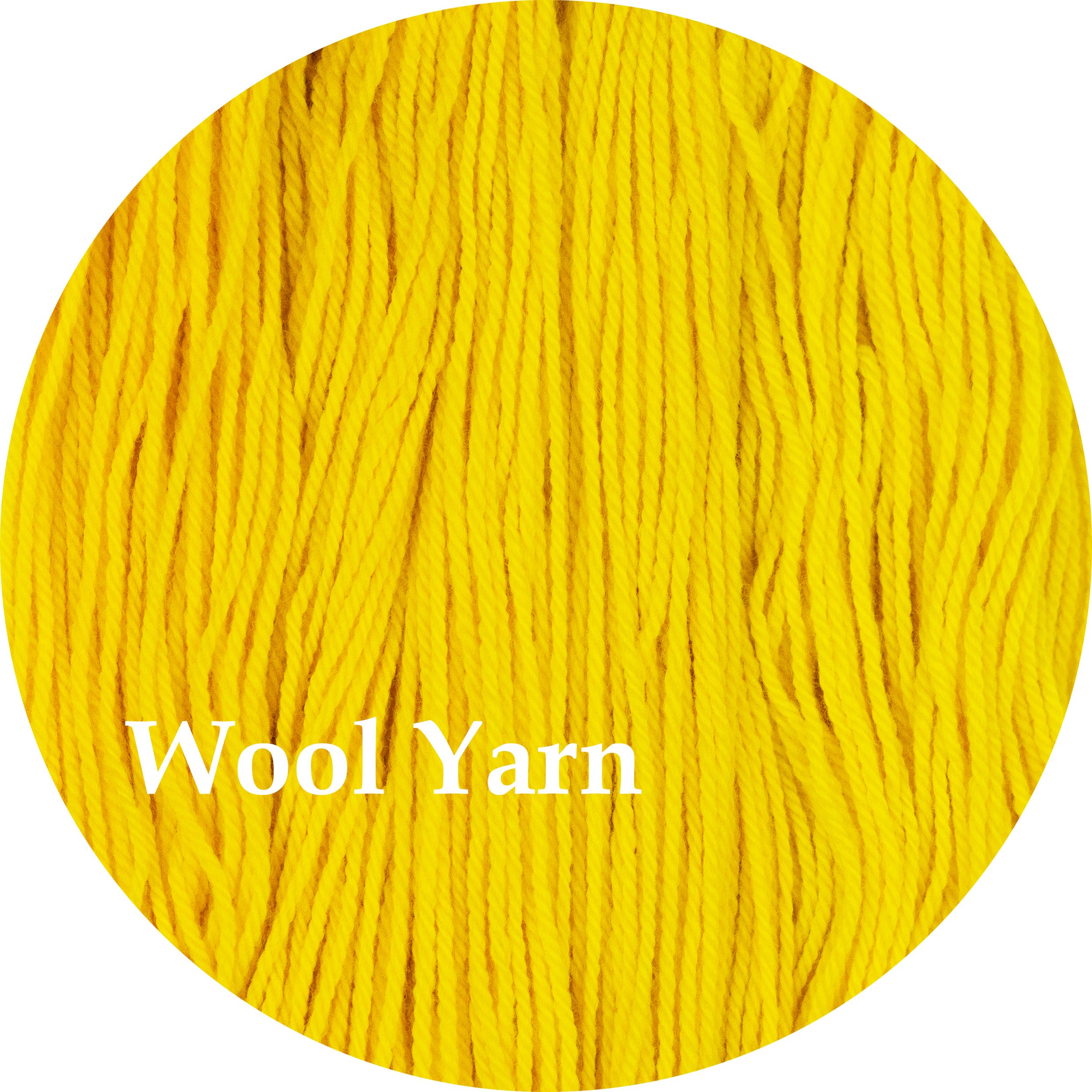 Image 3 of 6
Image 3 of 6

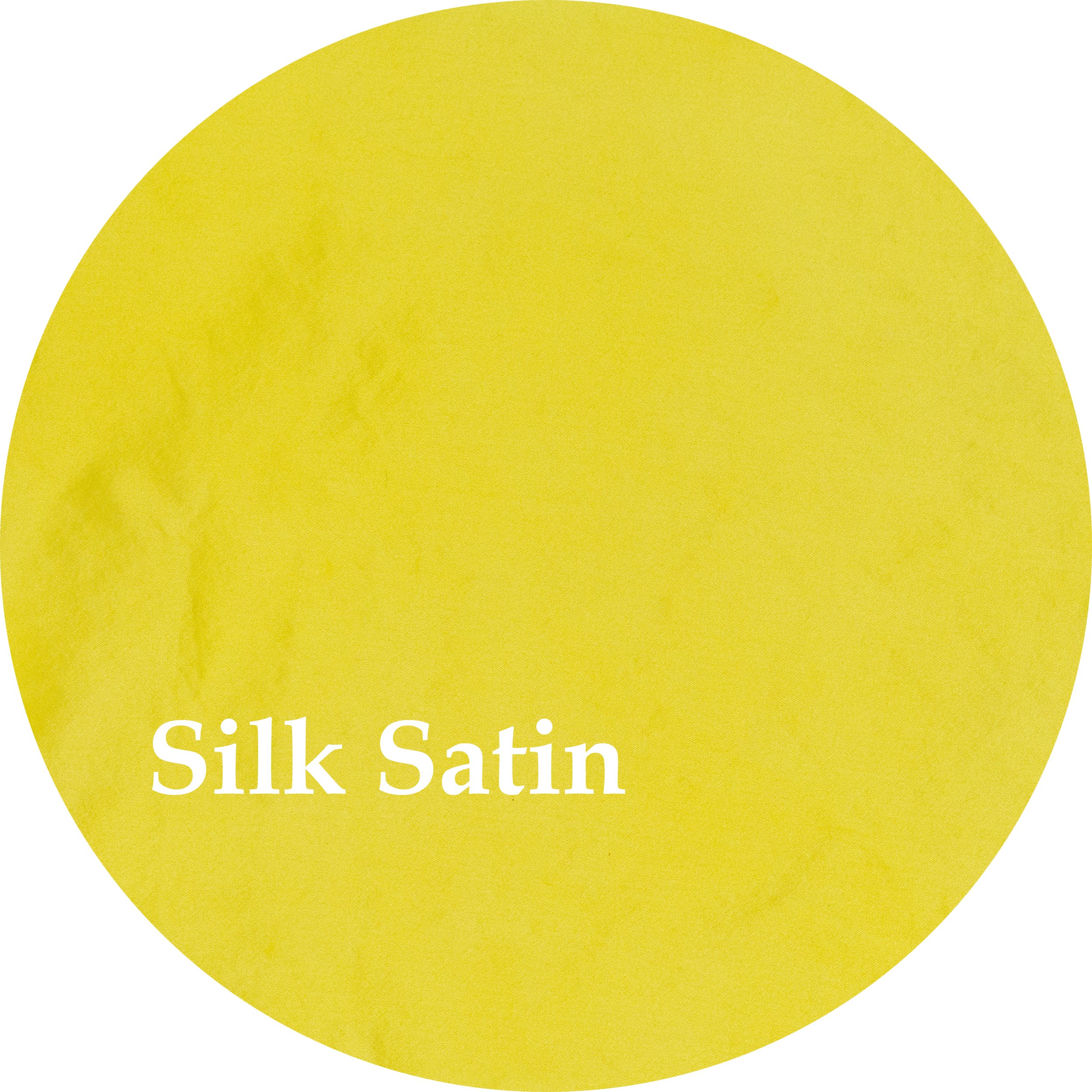 Image 4 of 6
Image 4 of 6

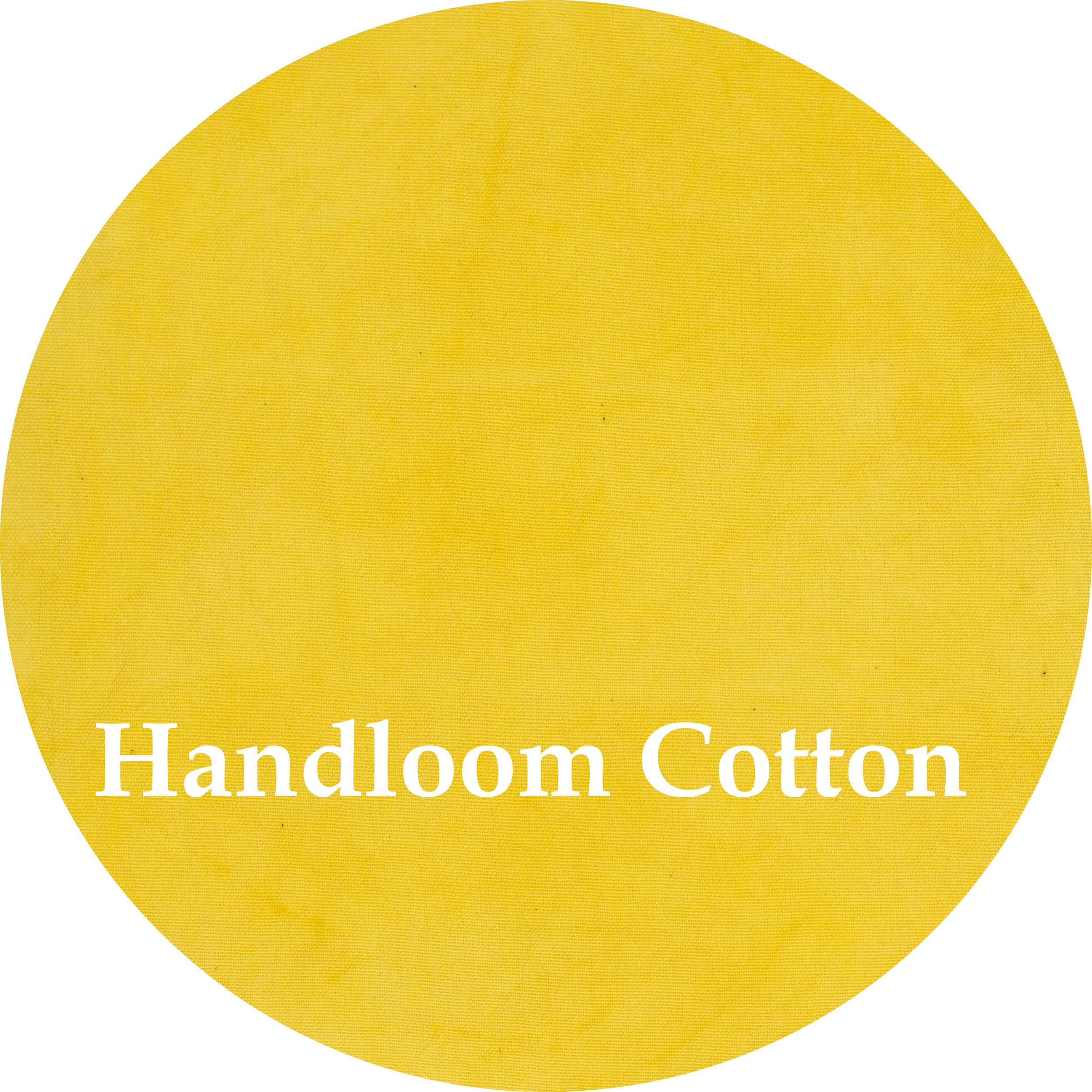 Image 5 of 6
Image 5 of 6

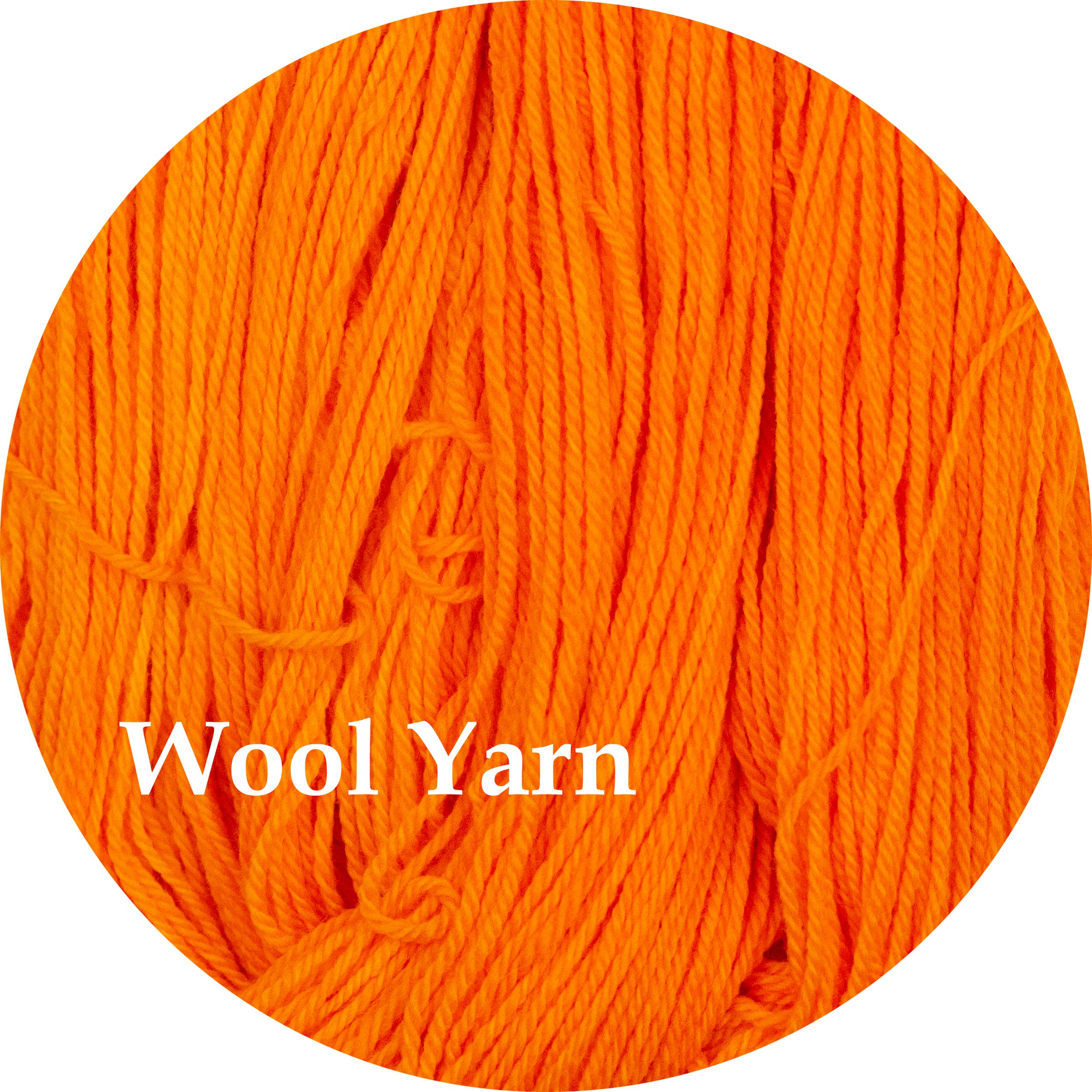 Image 6 of 6
Image 6 of 6







Flavin™
Shepherd Textiles Flavin™ is made from the flower buds of sophora japonica, the Japanese pagoda tree. Pagoda tree buds are rich in a yellow pigment called quercetin that gives bright canary yellows and intense oranges on natural fibers. In the 18th and 19th centuries, quercetin was actually the favored yellow dye in the United States (in contrast to weld and old fustic, which were more popular in Europe). At the time, quercetin was extracted from the inner bark of the black oak tree, quercus velutinus. In raw form this dye was called quercitron, but by the 1860s it was common to find it in the form of a concentrated extract. Victorian chemists speculated that this yellow pigment was actually the foundation of all the yellow plant flavonoids. Our Flavin™ natural dye contains the exact same dyestuff that American dyers preferred to work with in the 19th century, only it comes from a more environmentally sustainable source - annual flower buds rather than 50-year-old trees.
Flavin™ gives bright, saturated yellows on fibers mordanted with alum and brilliant oranges with tin. It requires just 5% weight-of-fabric (WOF) for deep shades and will often exhaust onto the fiber in as little as half an hour, which makes it a pleasure to work with. For more details, including single-bath recipes from historical dyeing texts, check out our Guide to Dyeing with Flavin™.
Product of China. Flavin™ is a trademark of Shepherd Textiles LLC.
Shepherd Textiles Flavin™ is made from the flower buds of sophora japonica, the Japanese pagoda tree. Pagoda tree buds are rich in a yellow pigment called quercetin that gives bright canary yellows and intense oranges on natural fibers. In the 18th and 19th centuries, quercetin was actually the favored yellow dye in the United States (in contrast to weld and old fustic, which were more popular in Europe). At the time, quercetin was extracted from the inner bark of the black oak tree, quercus velutinus. In raw form this dye was called quercitron, but by the 1860s it was common to find it in the form of a concentrated extract. Victorian chemists speculated that this yellow pigment was actually the foundation of all the yellow plant flavonoids. Our Flavin™ natural dye contains the exact same dyestuff that American dyers preferred to work with in the 19th century, only it comes from a more environmentally sustainable source - annual flower buds rather than 50-year-old trees.
Flavin™ gives bright, saturated yellows on fibers mordanted with alum and brilliant oranges with tin. It requires just 5% weight-of-fabric (WOF) for deep shades and will often exhaust onto the fiber in as little as half an hour, which makes it a pleasure to work with. For more details, including single-bath recipes from historical dyeing texts, check out our Guide to Dyeing with Flavin™.
Product of China. Flavin™ is a trademark of Shepherd Textiles LLC.



